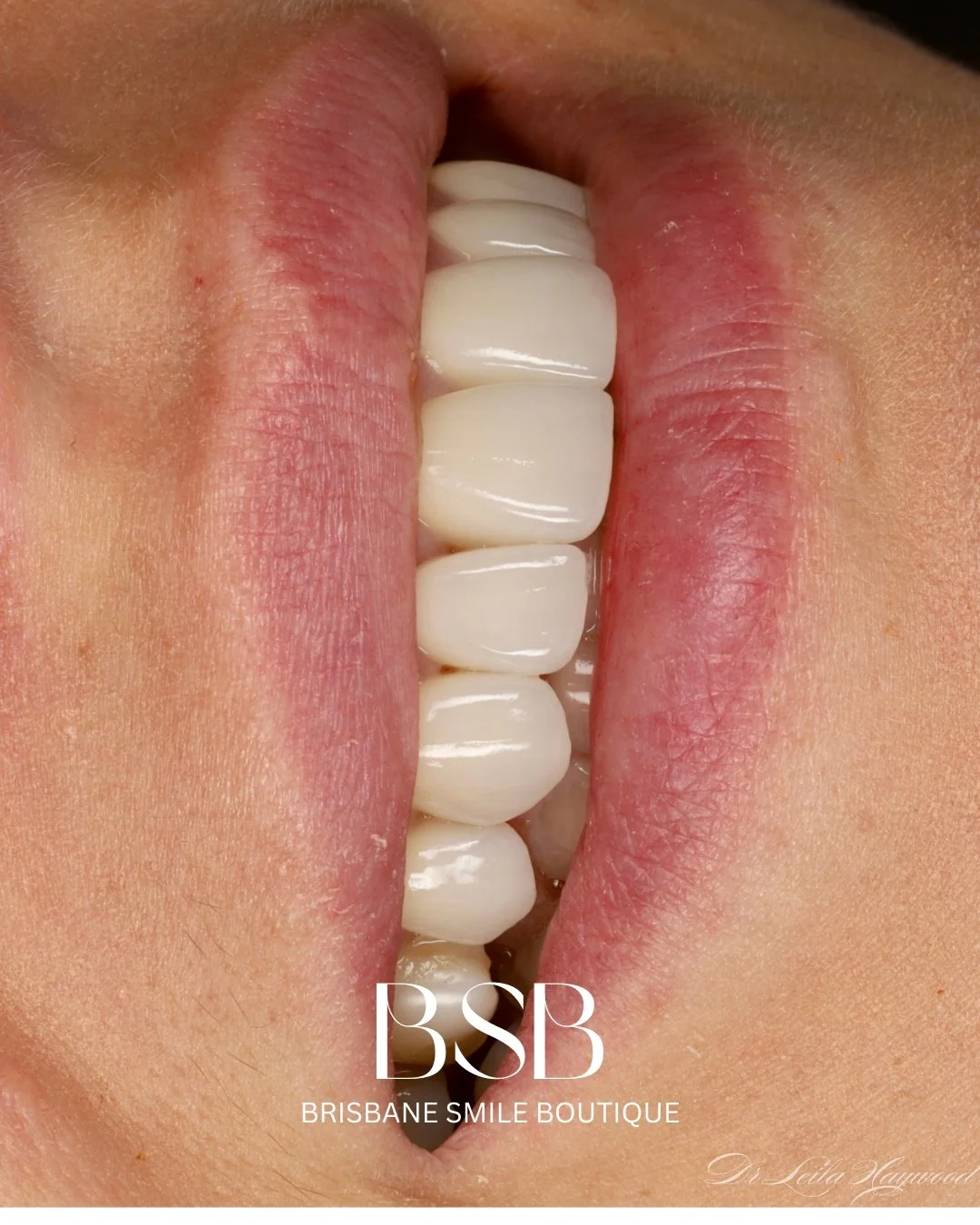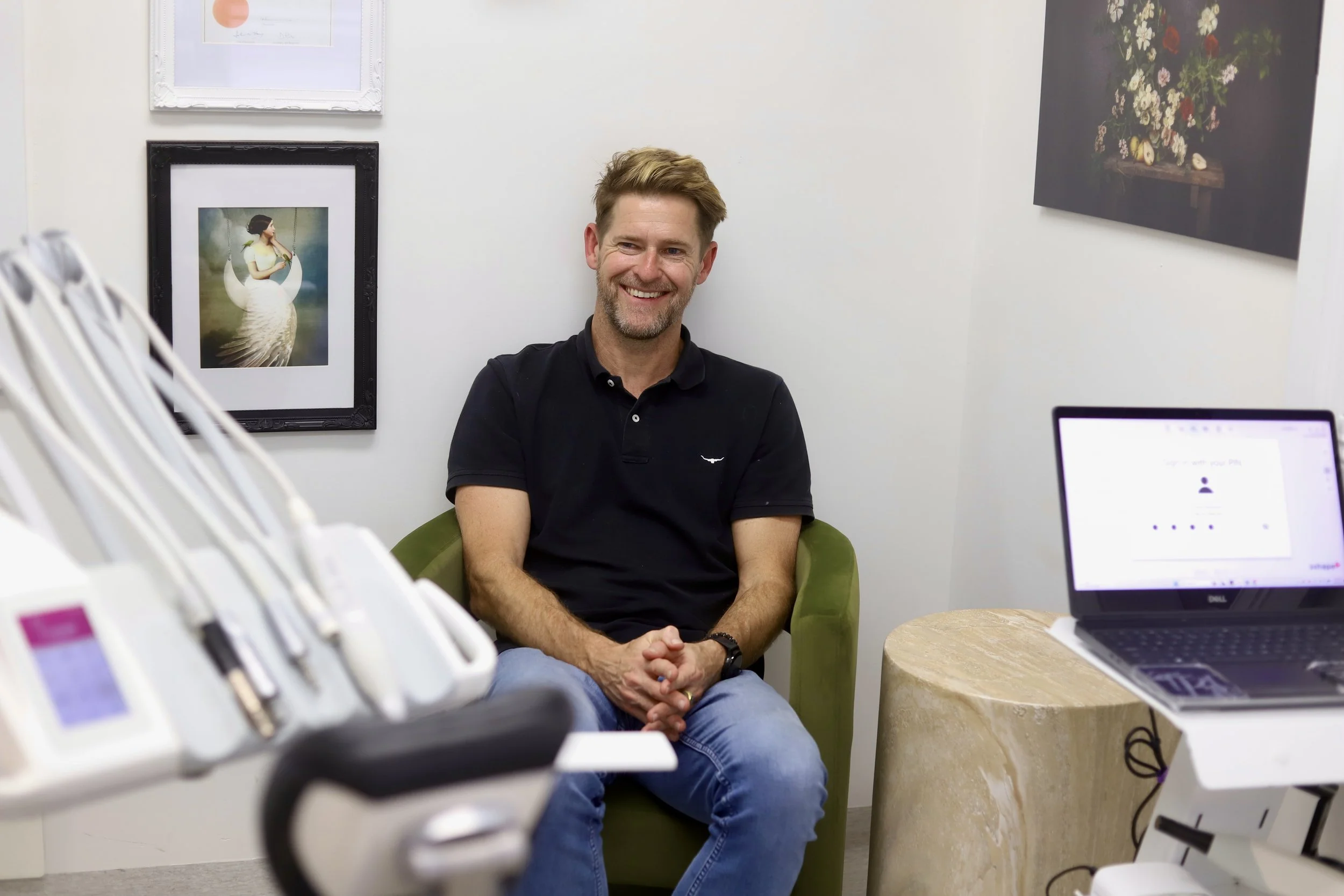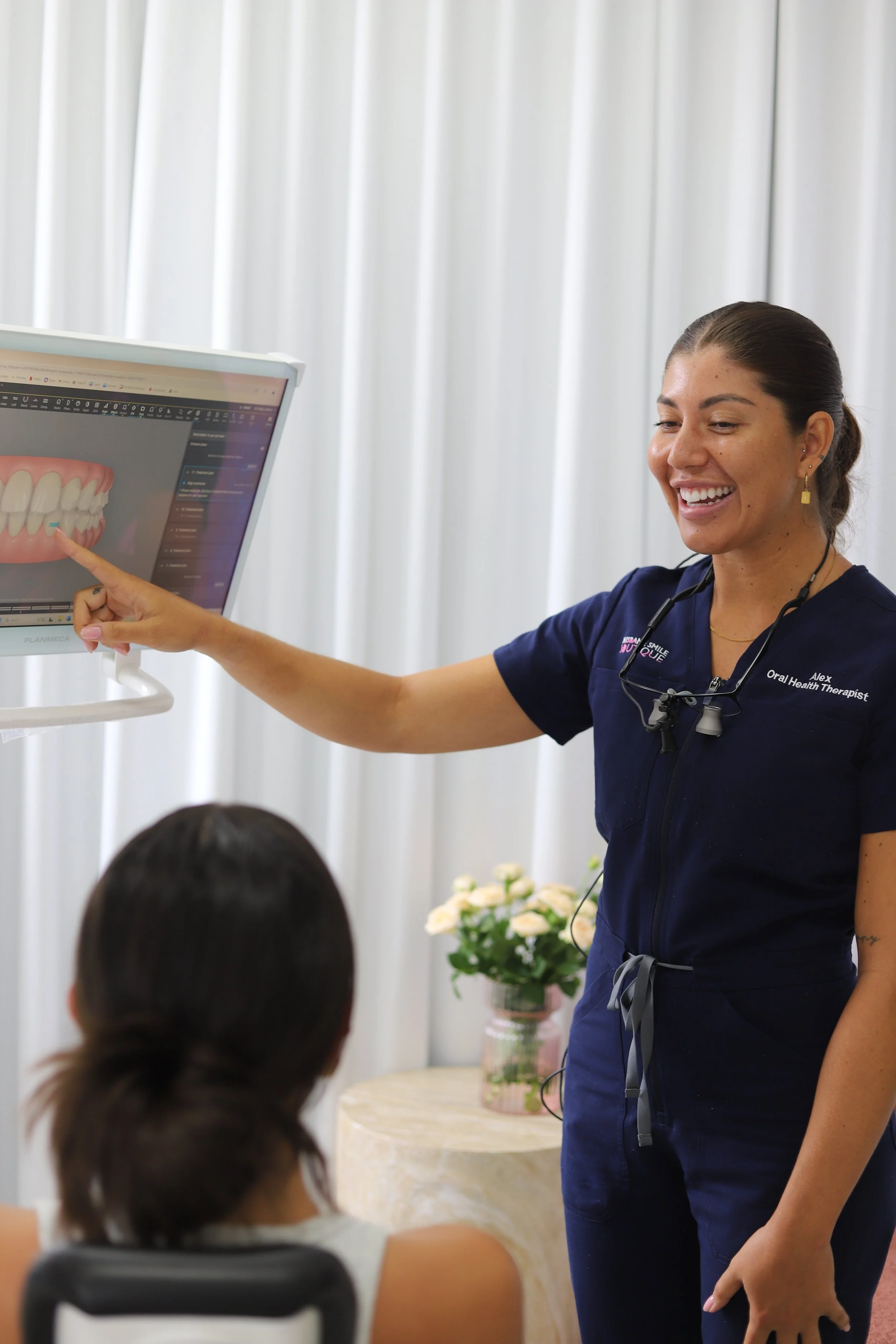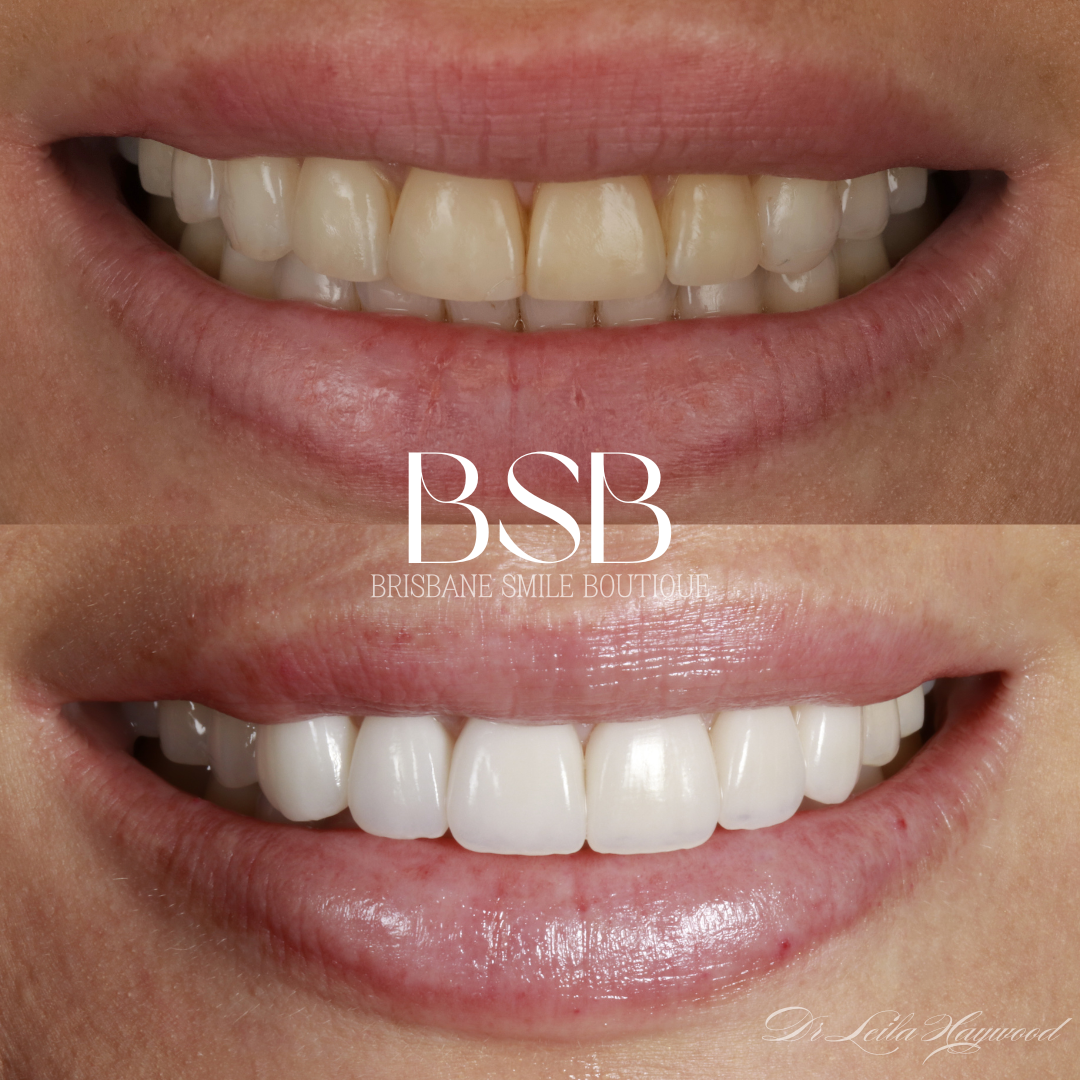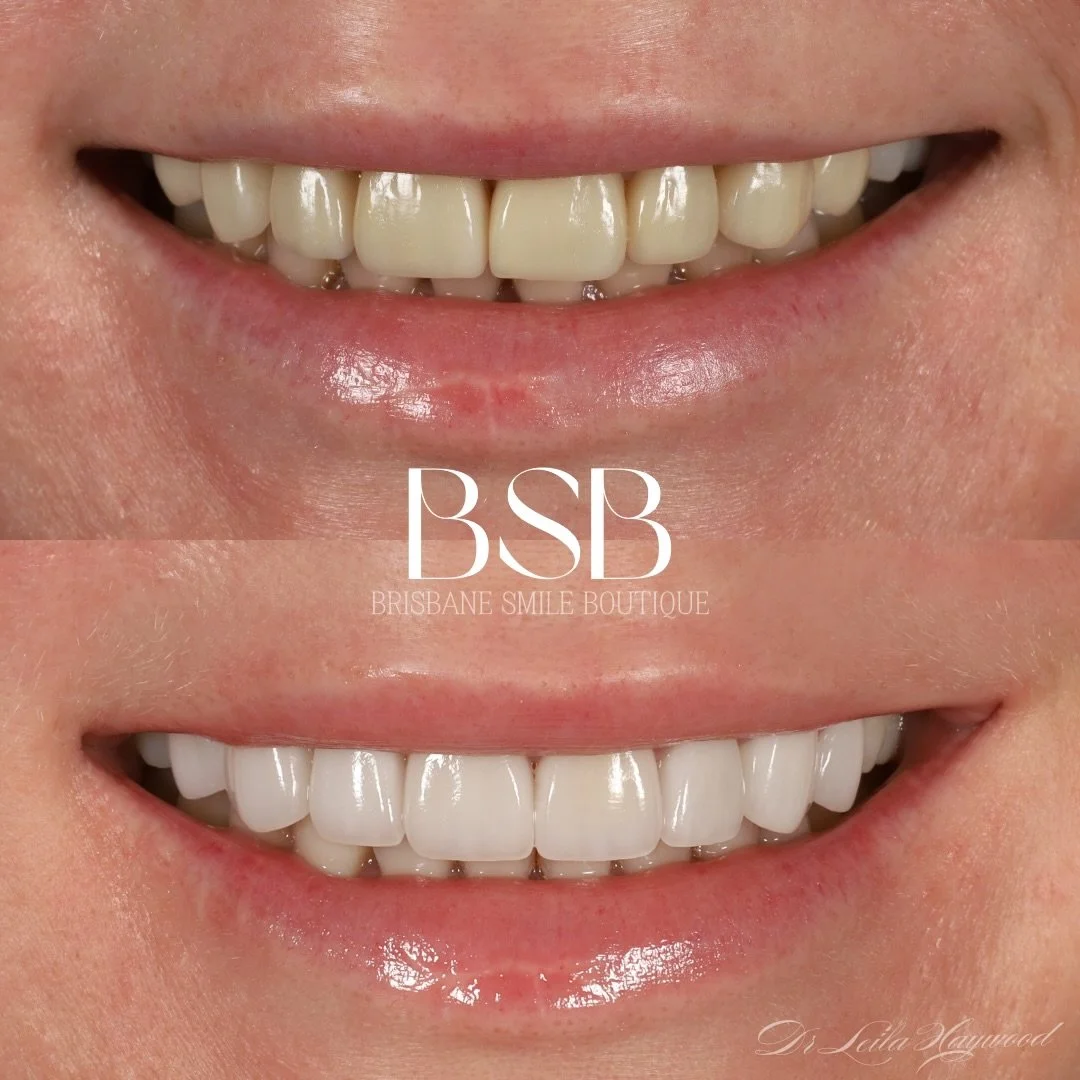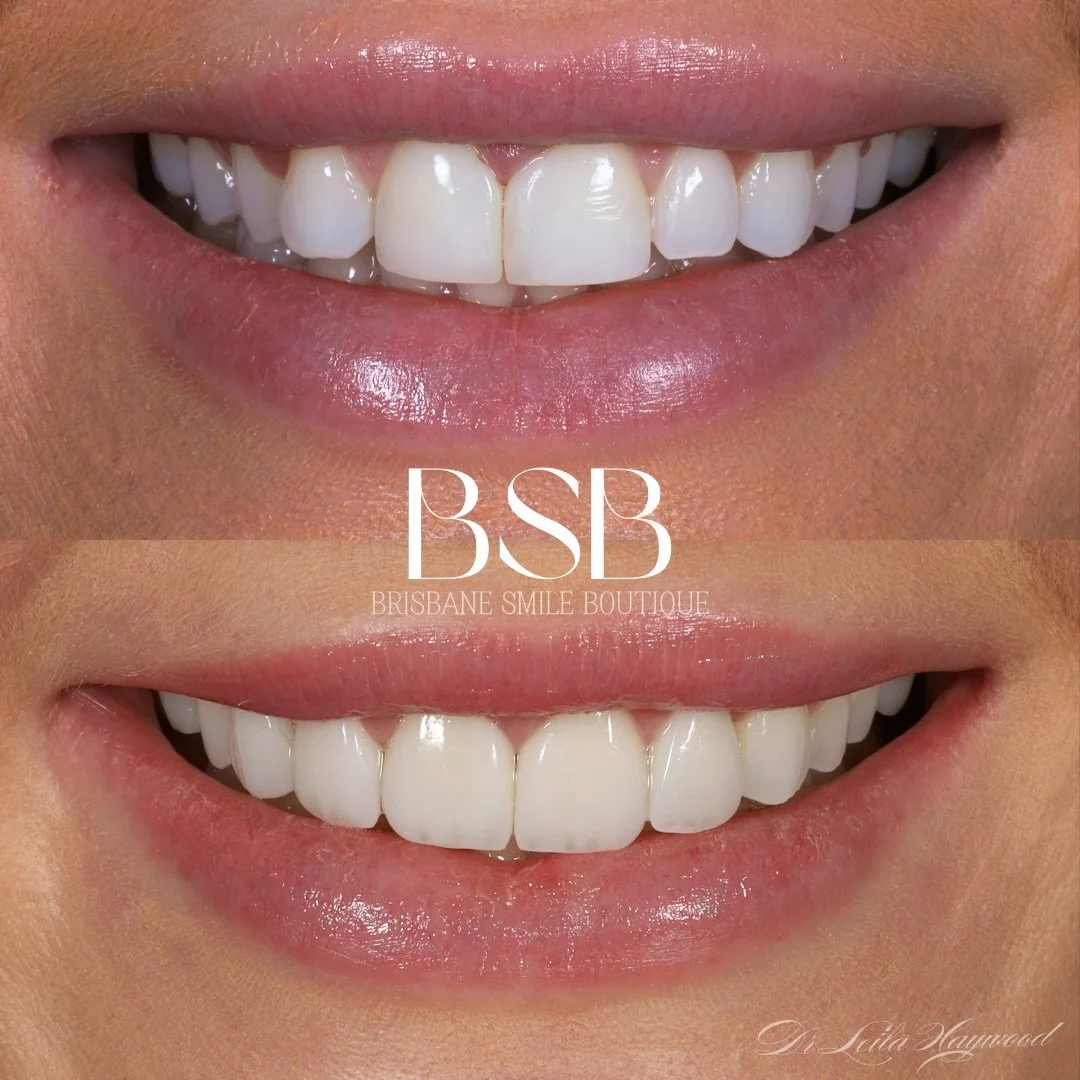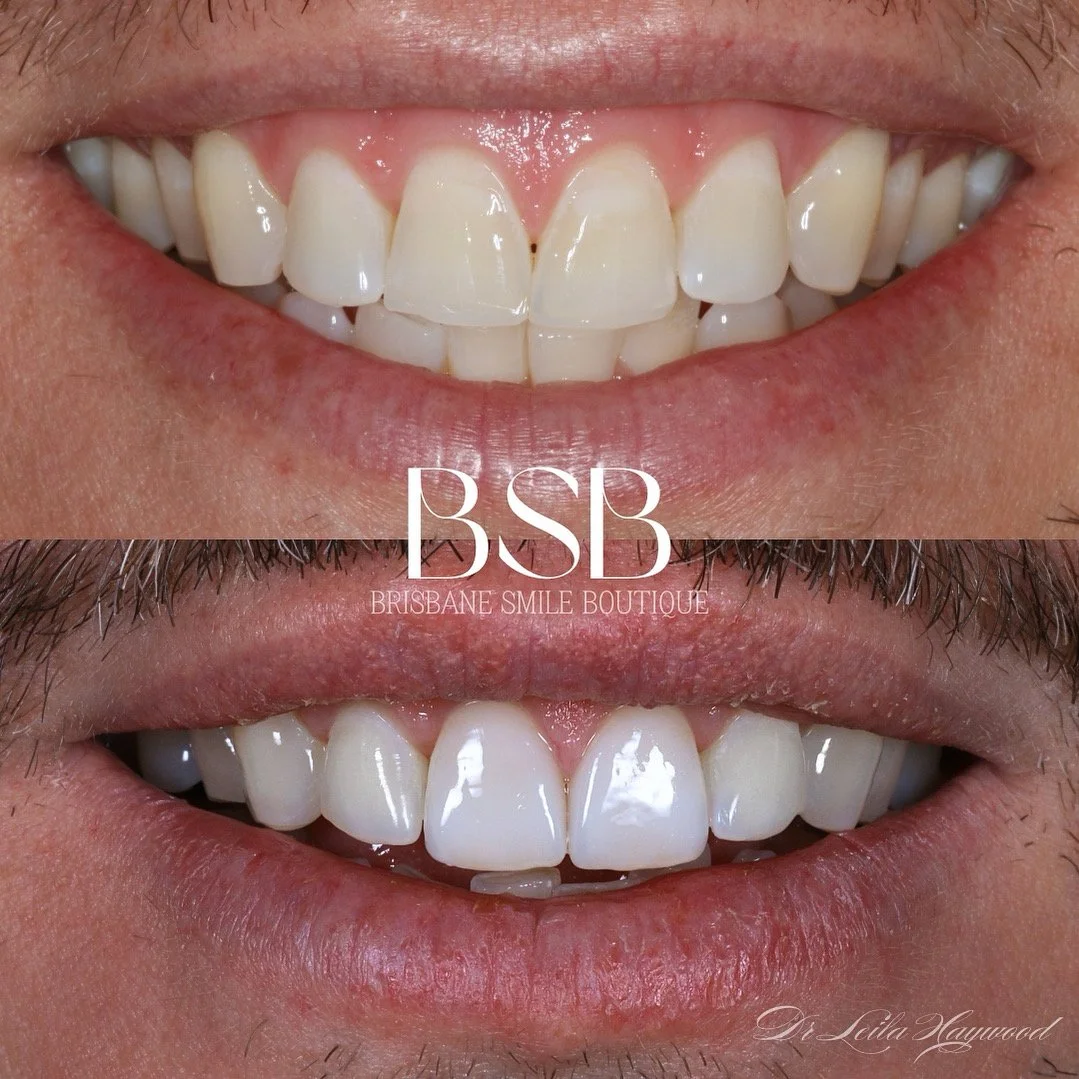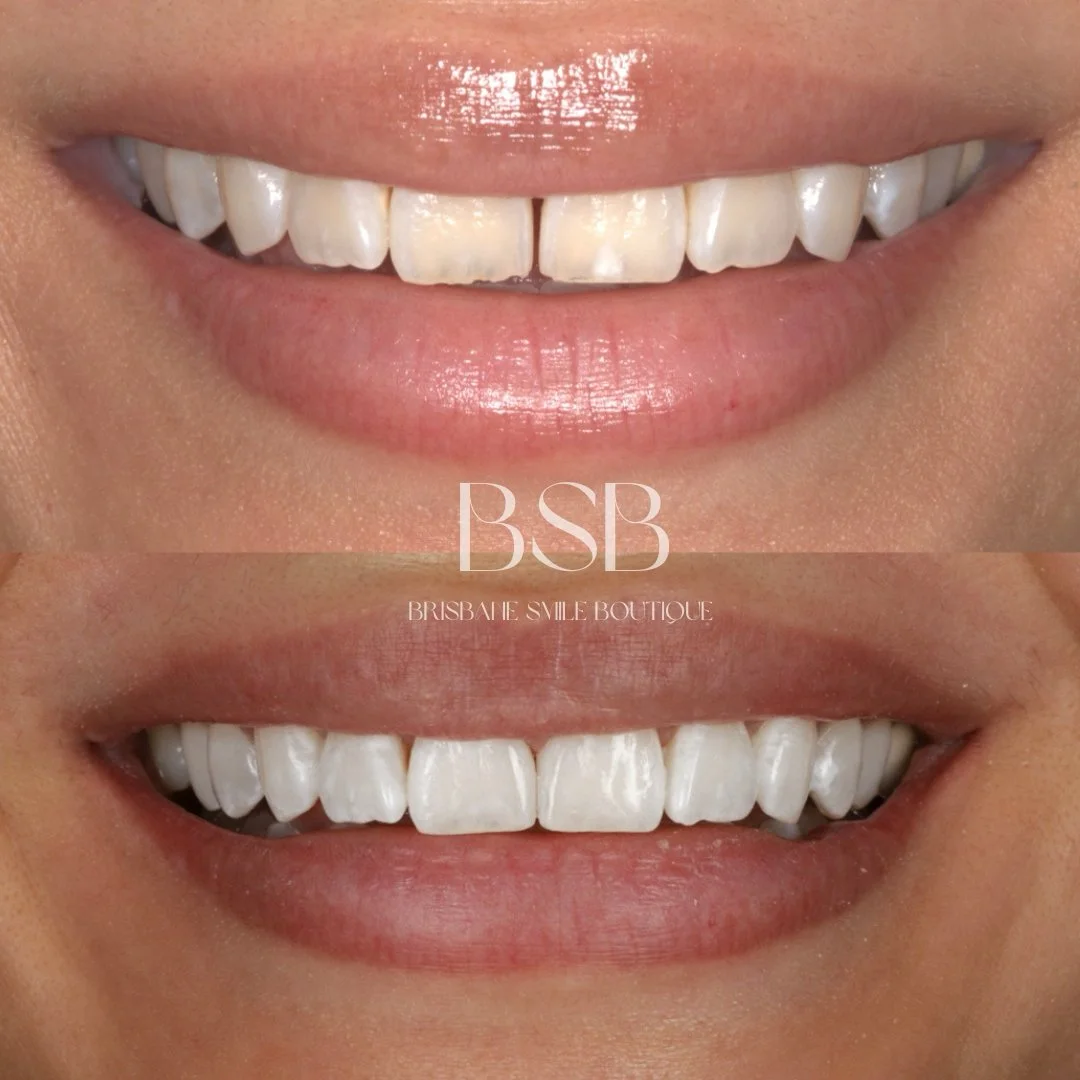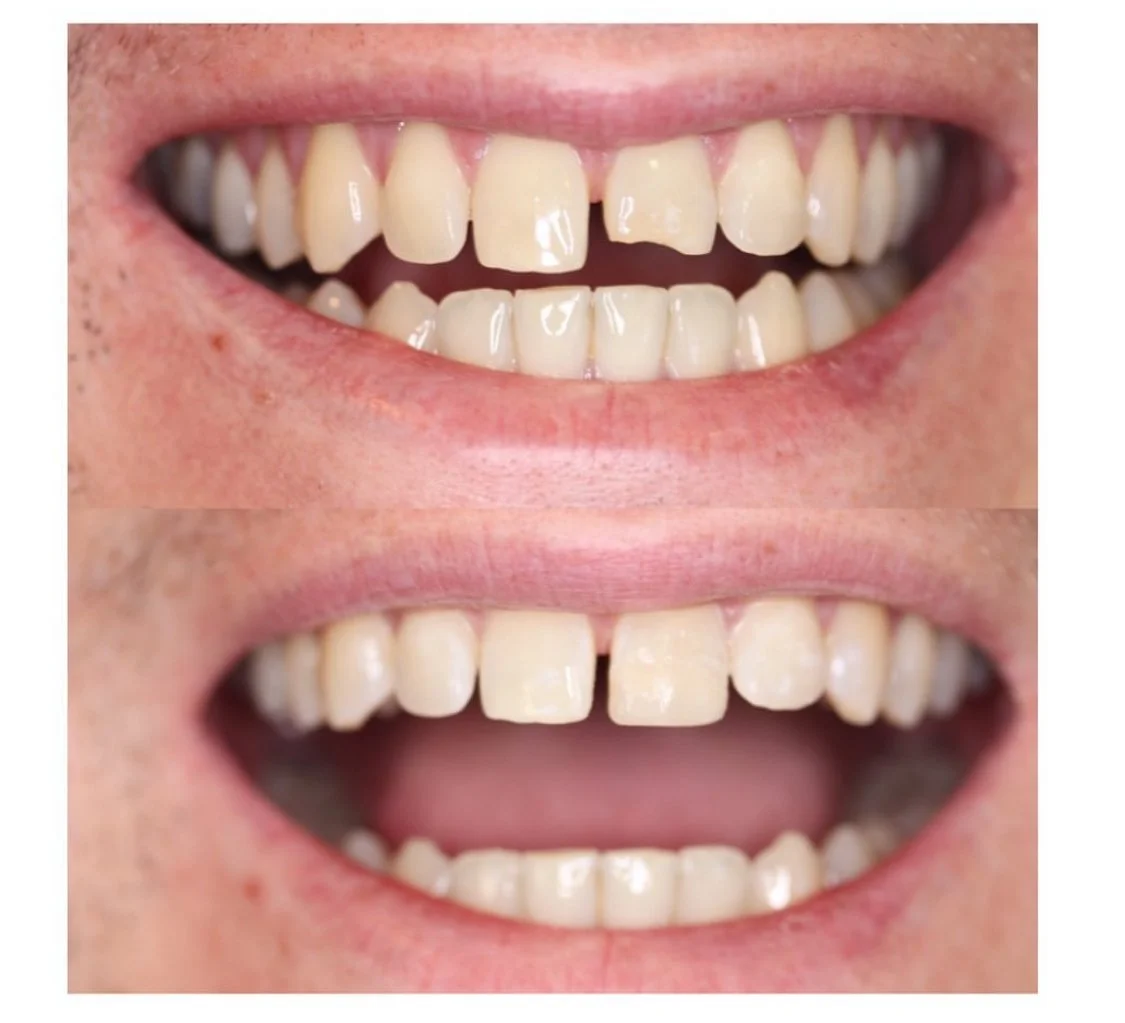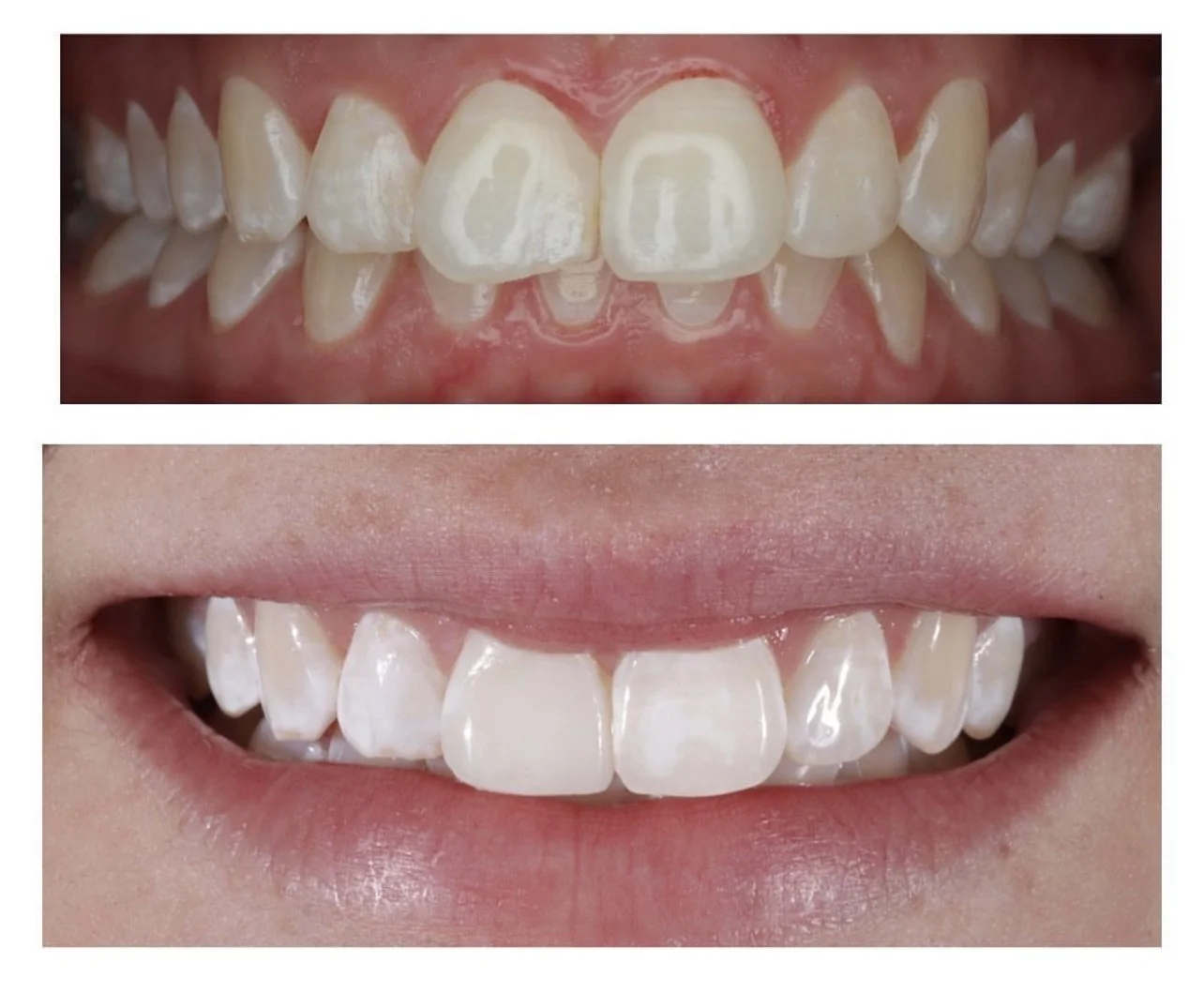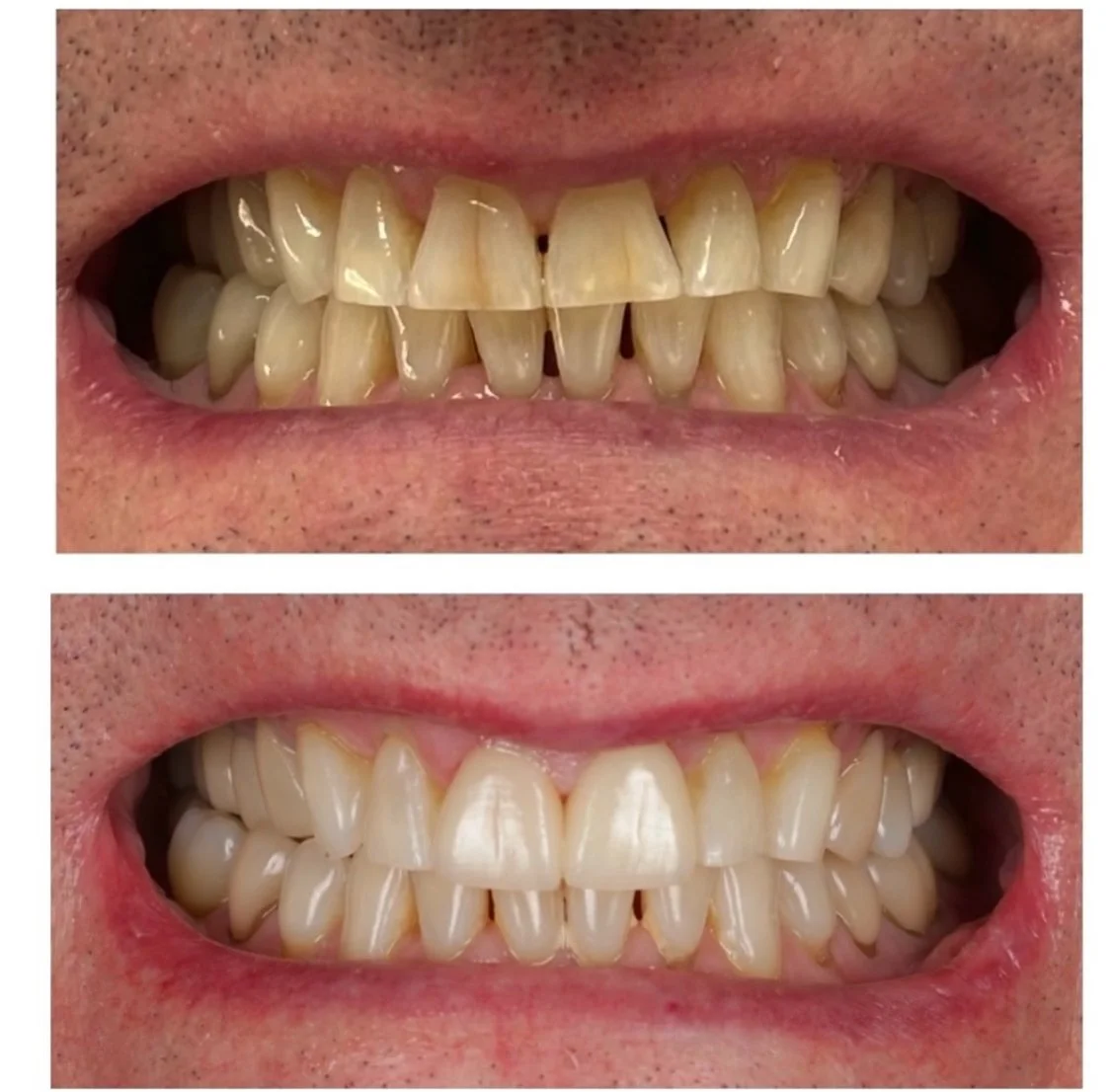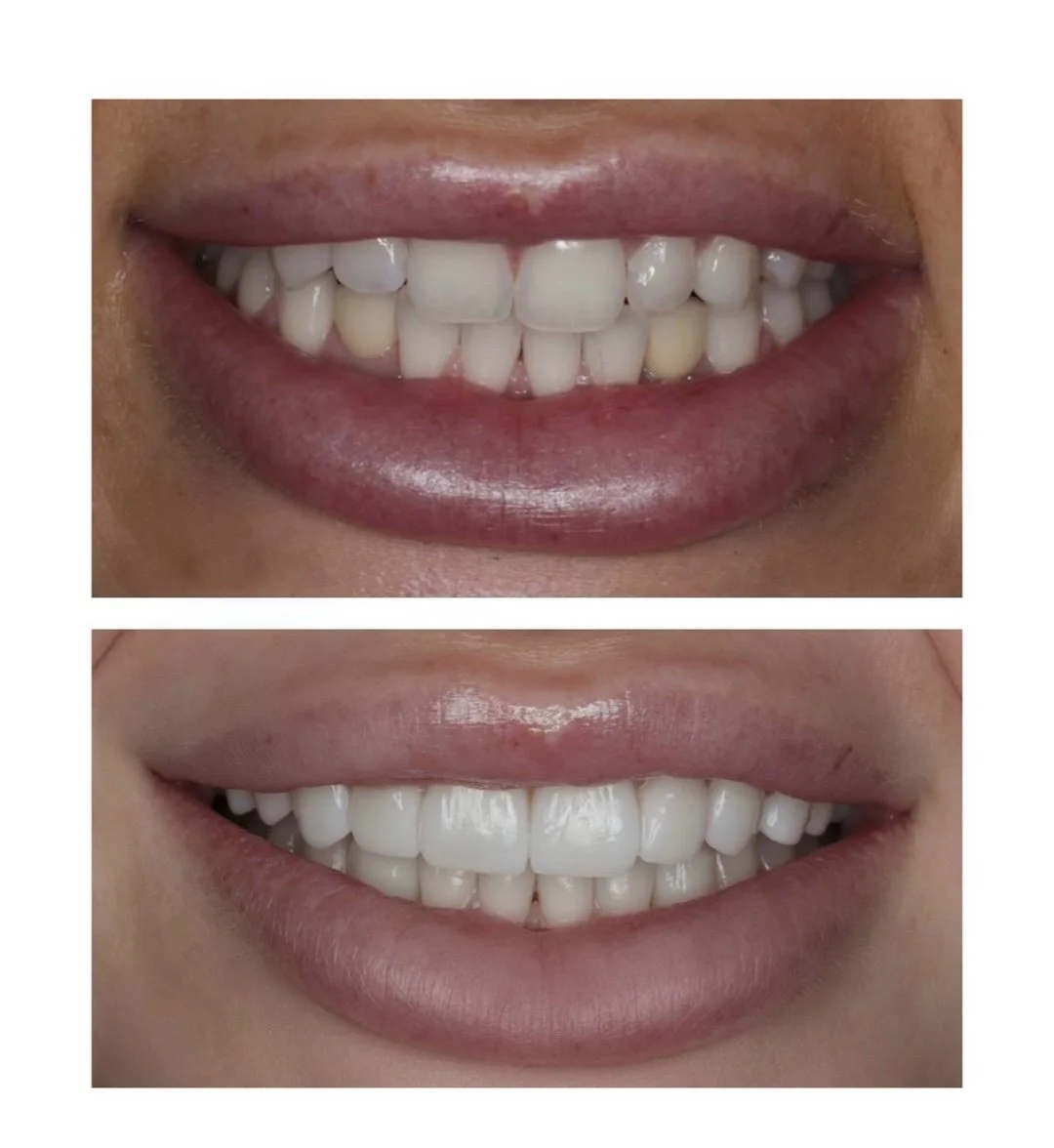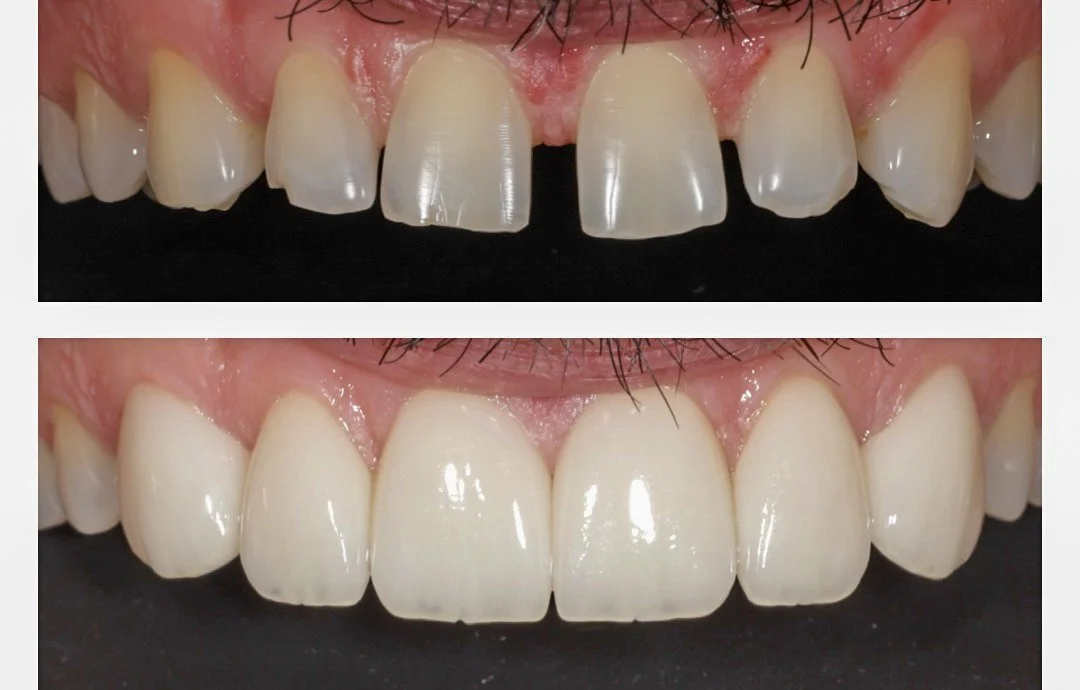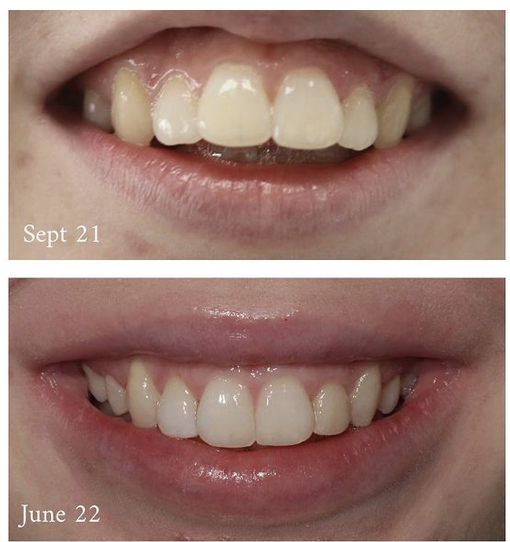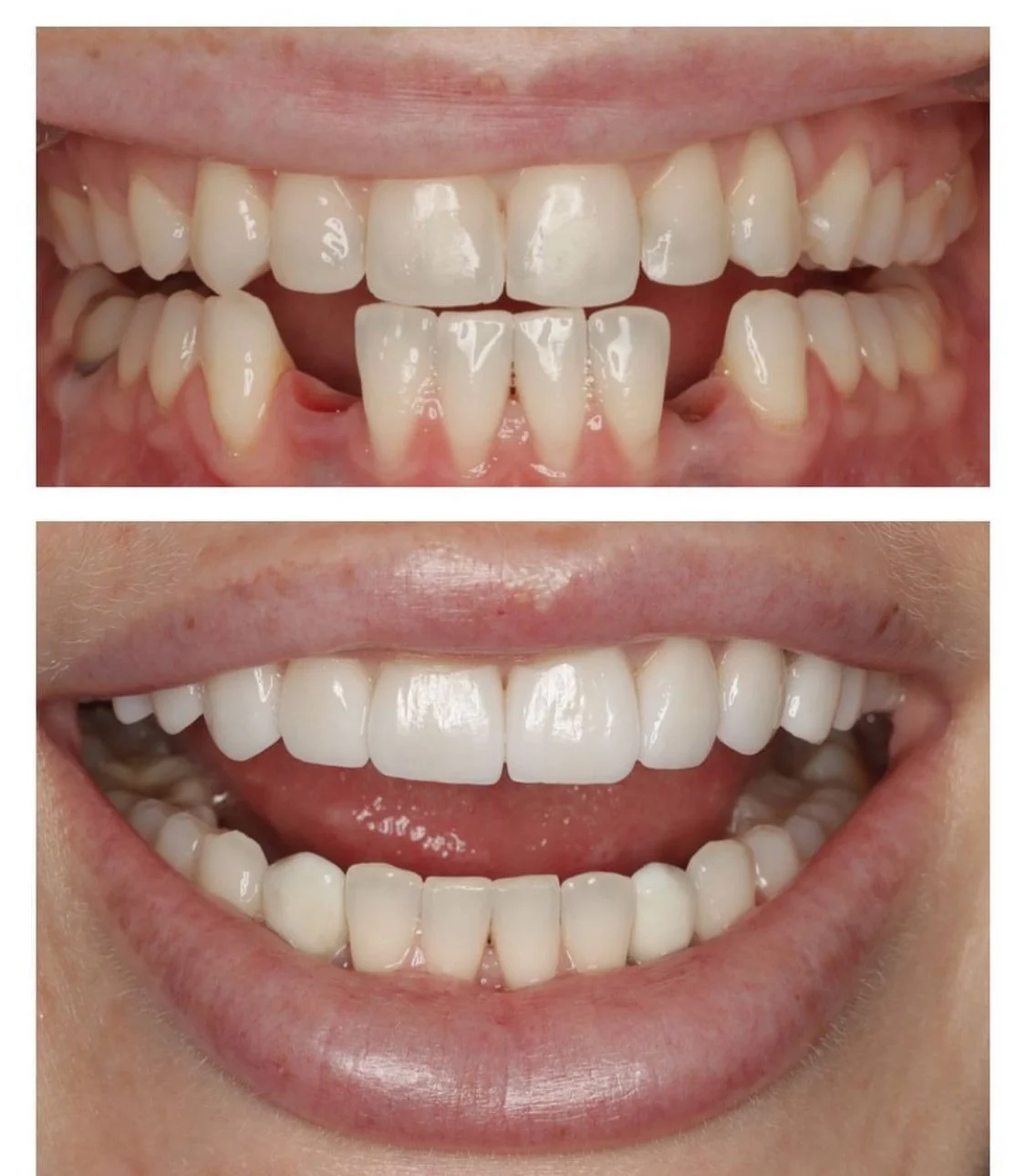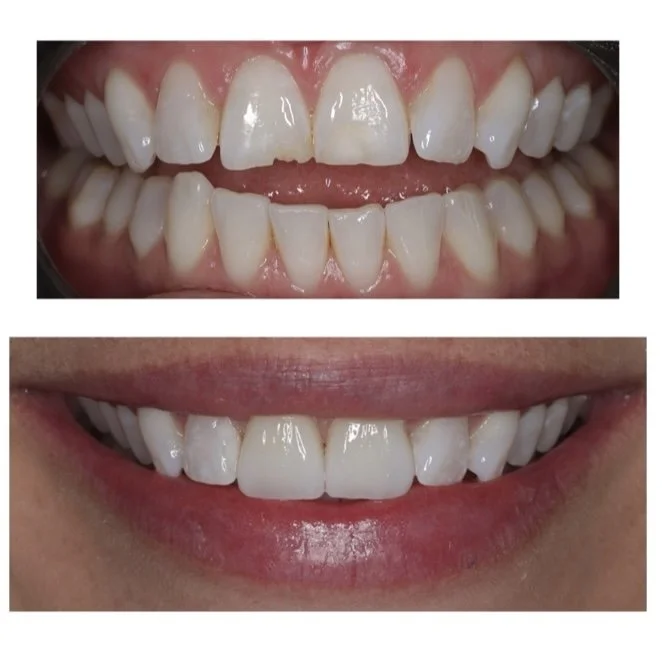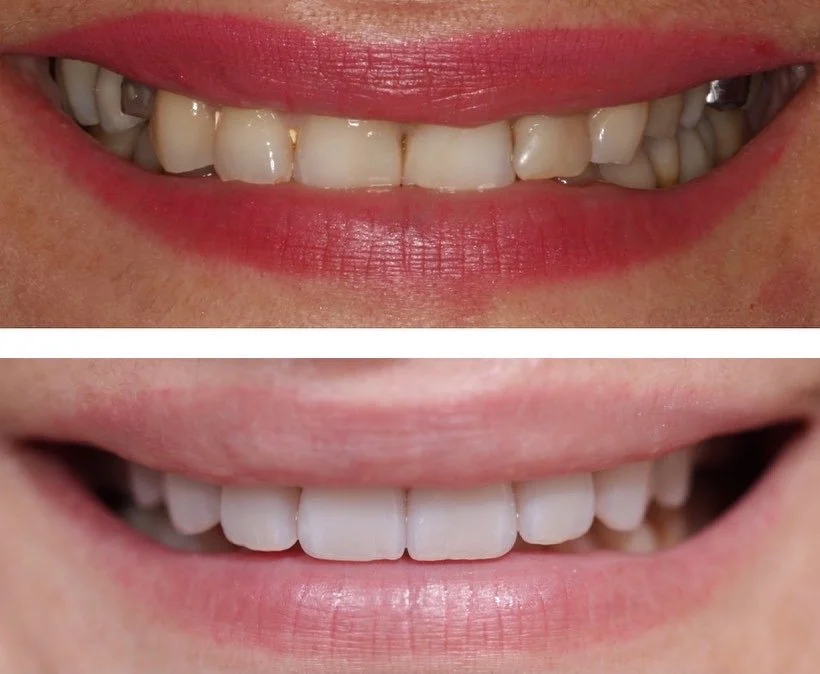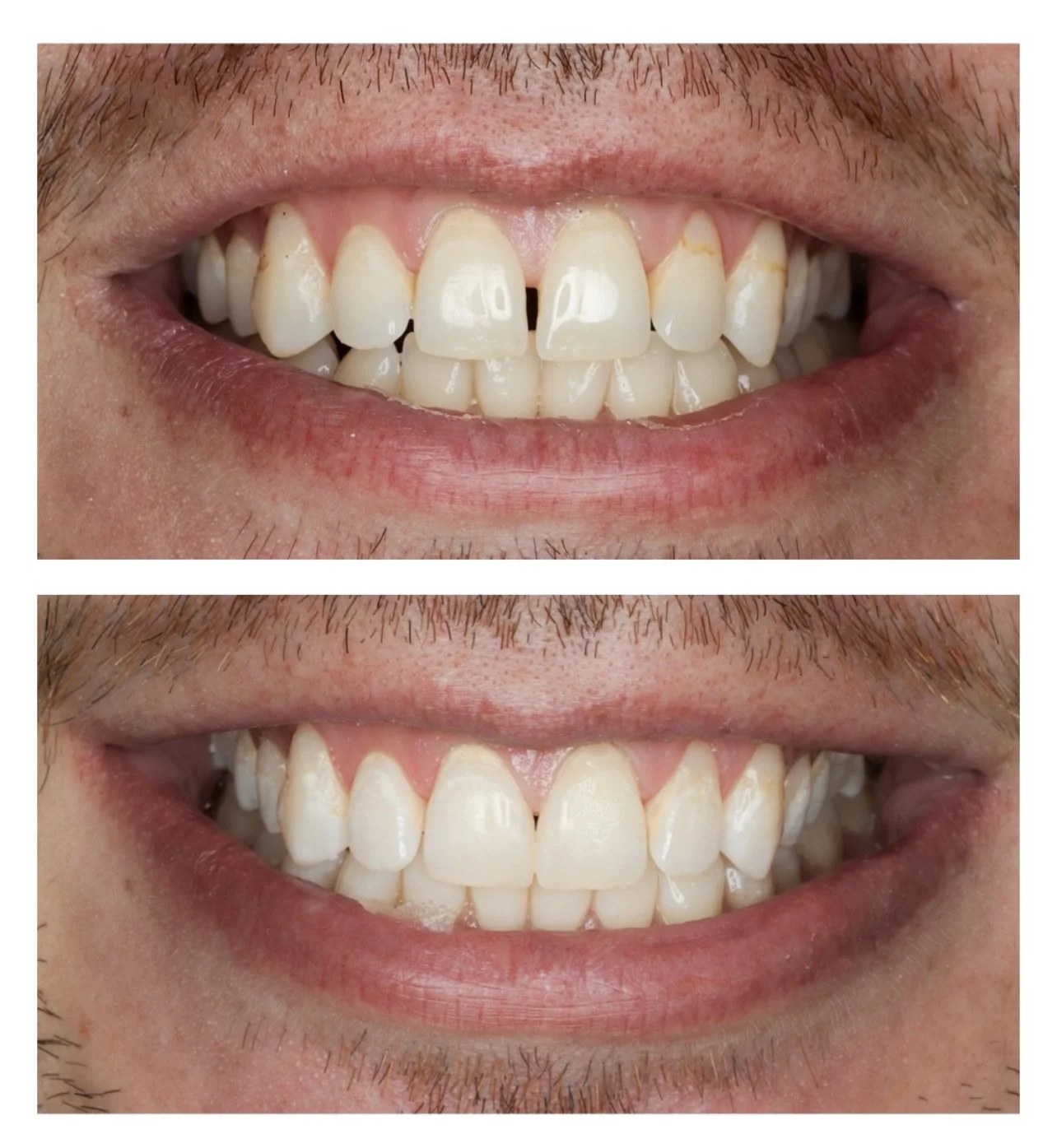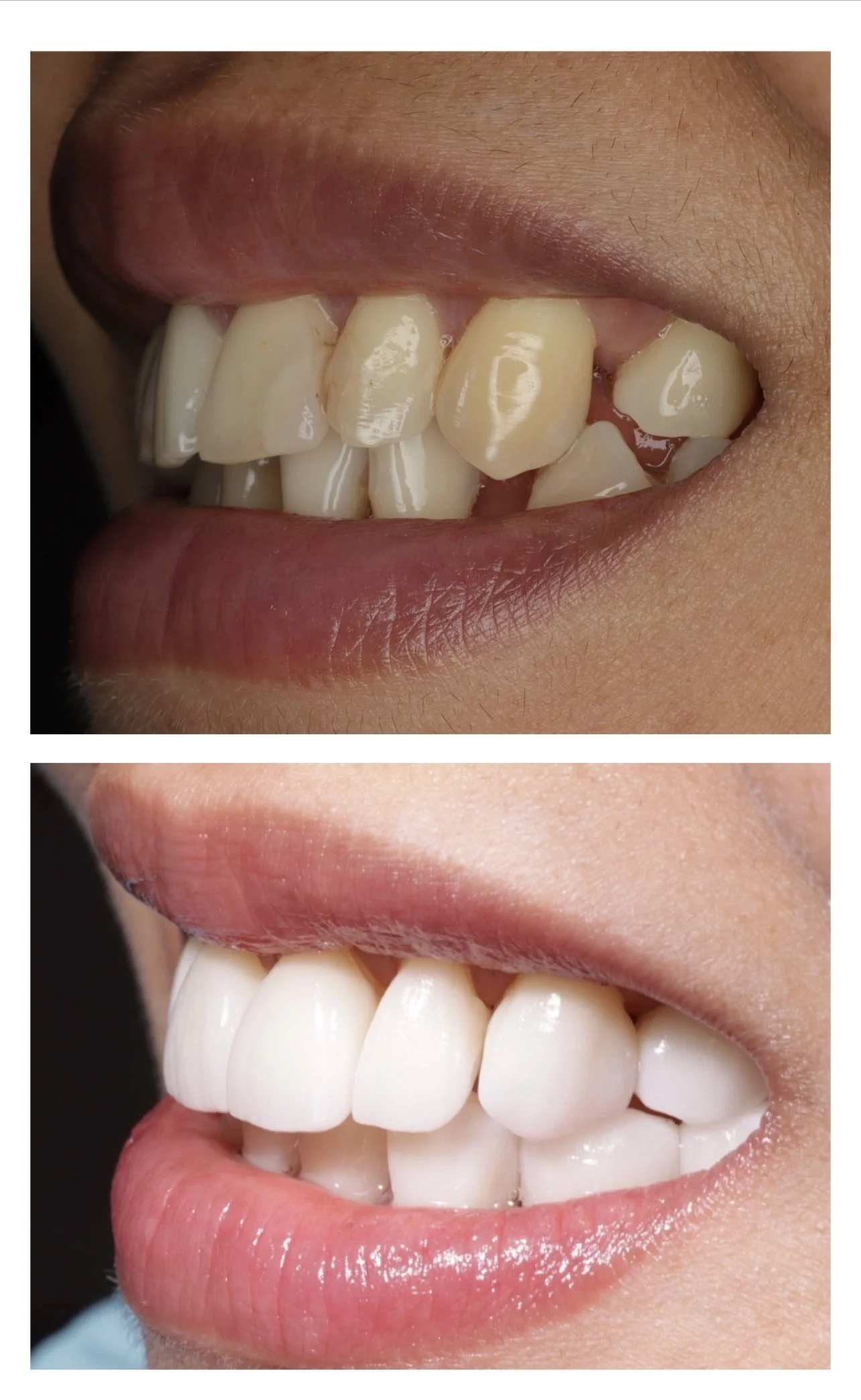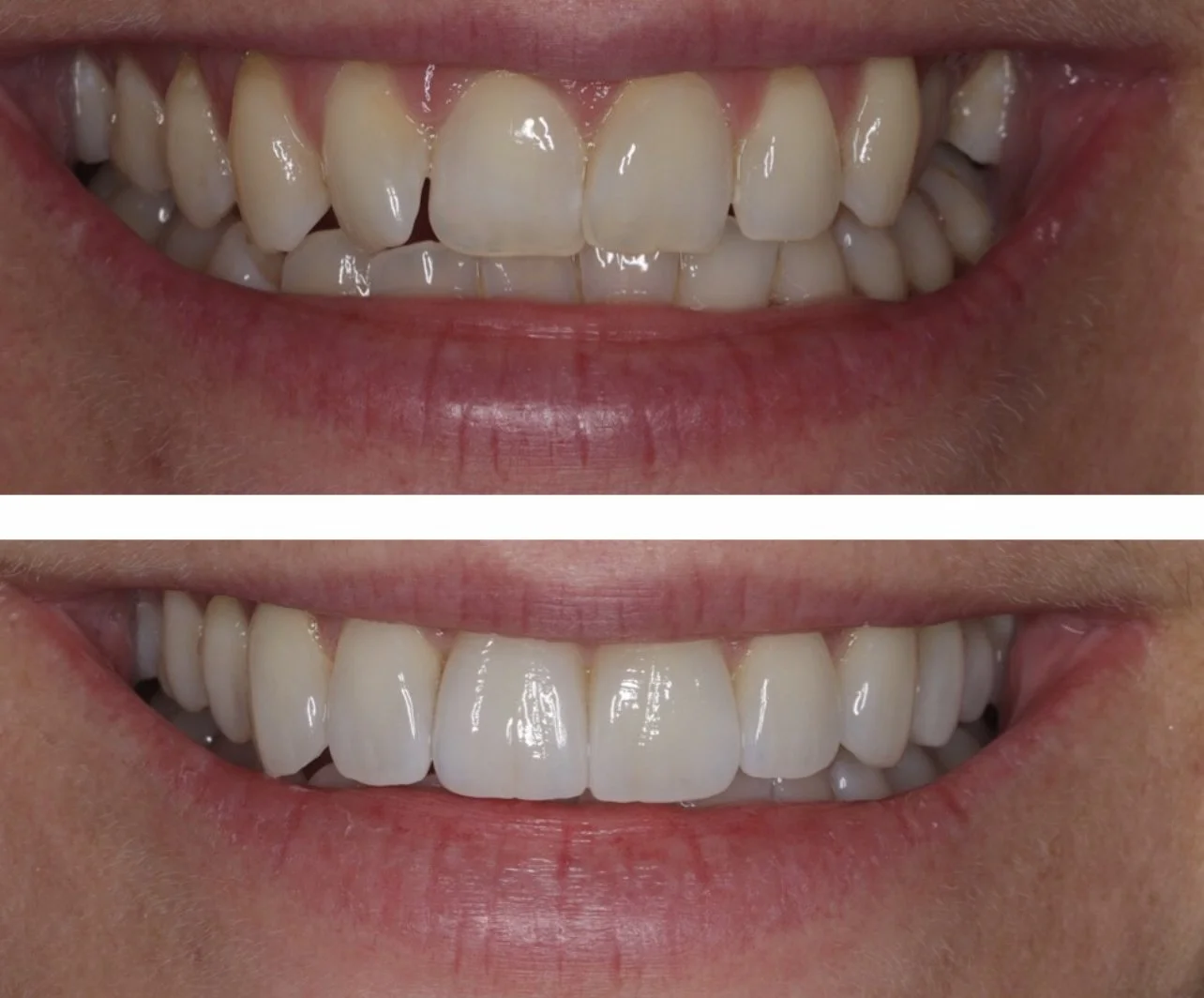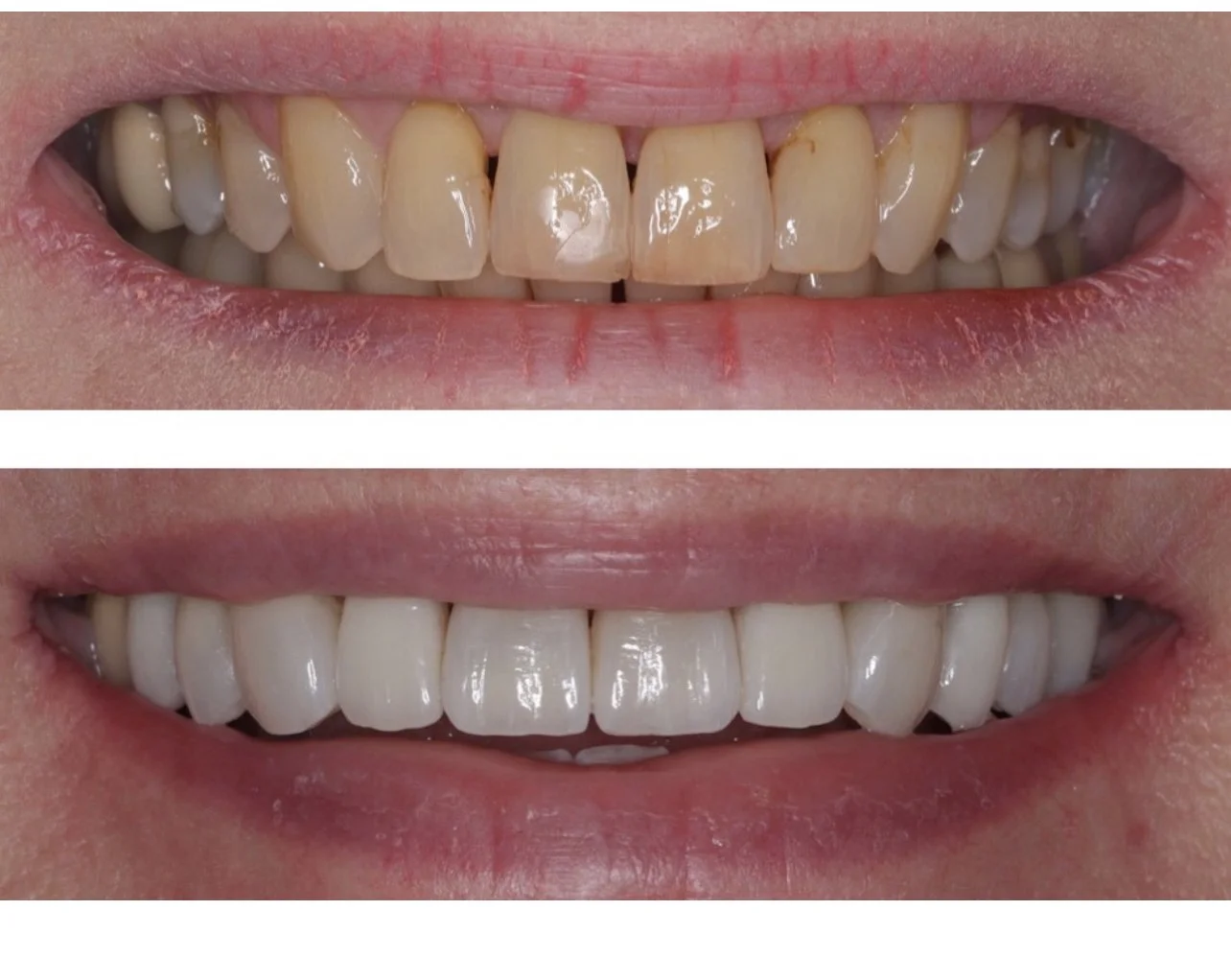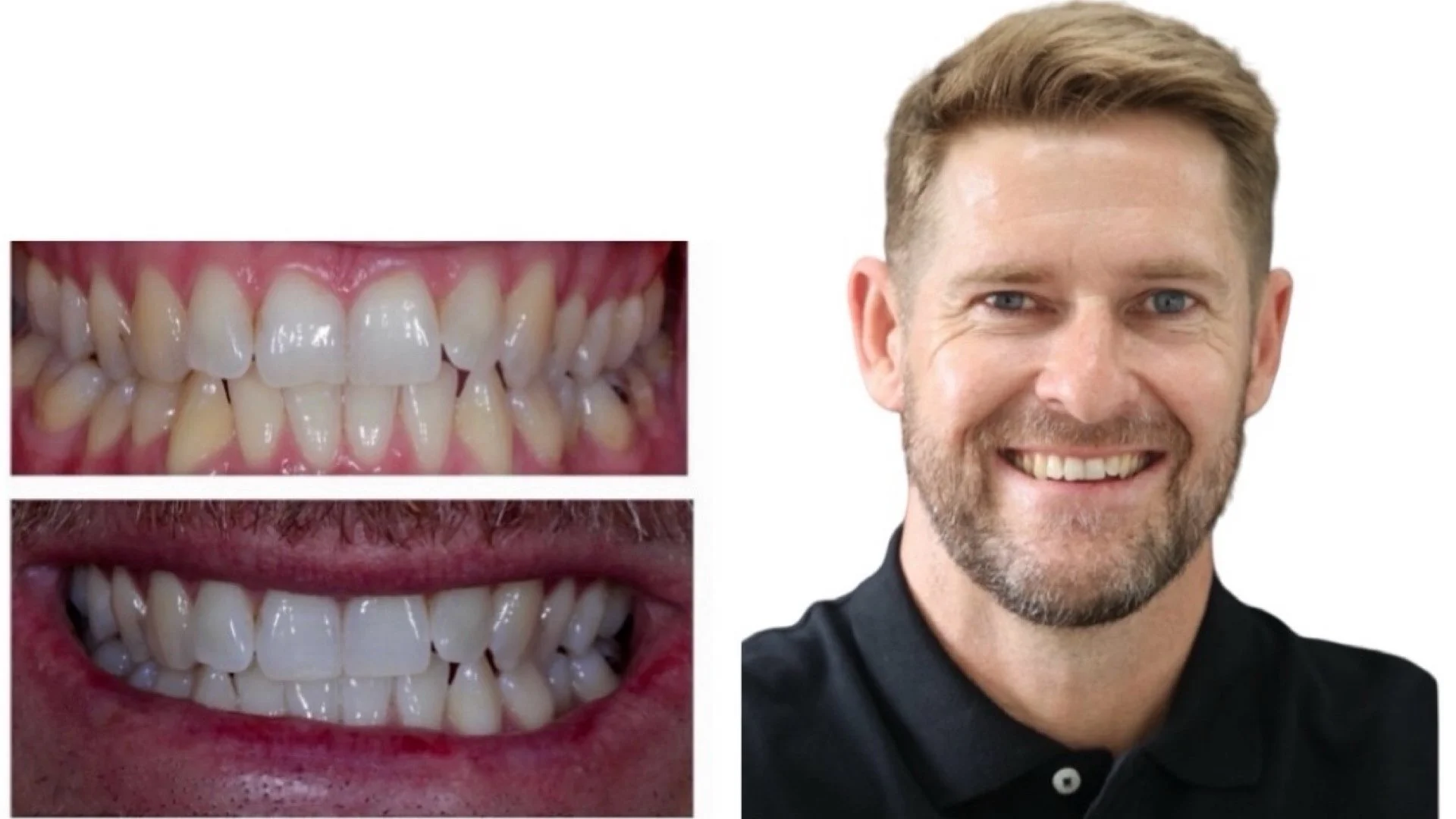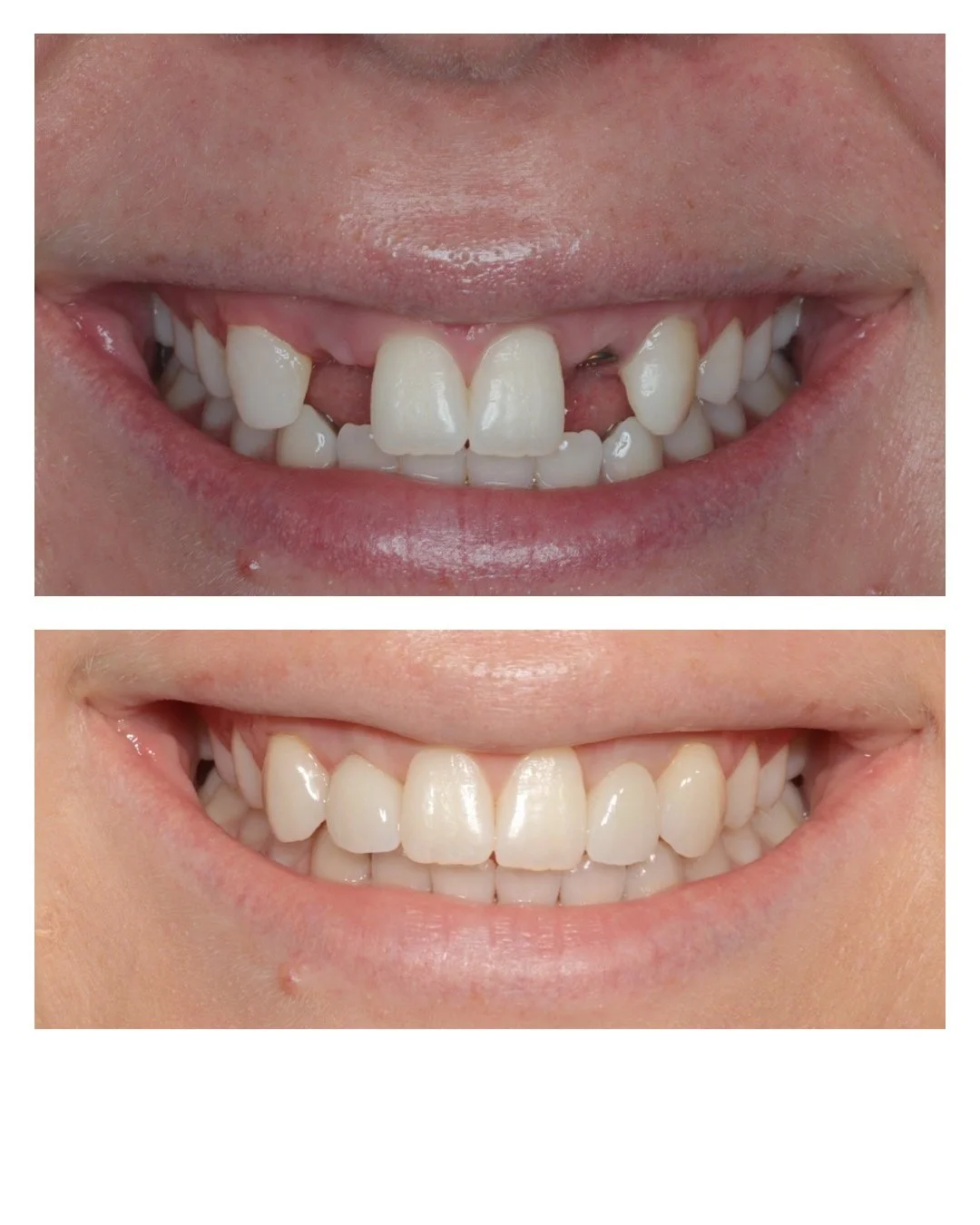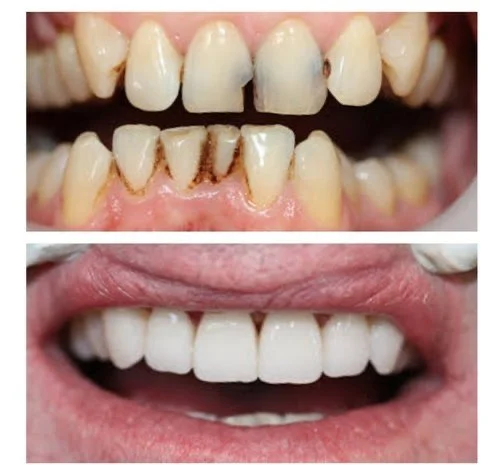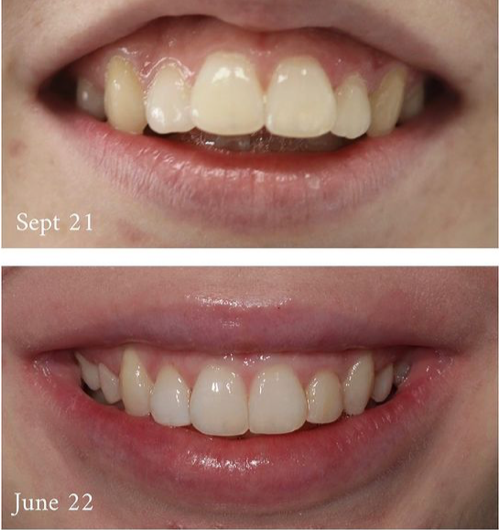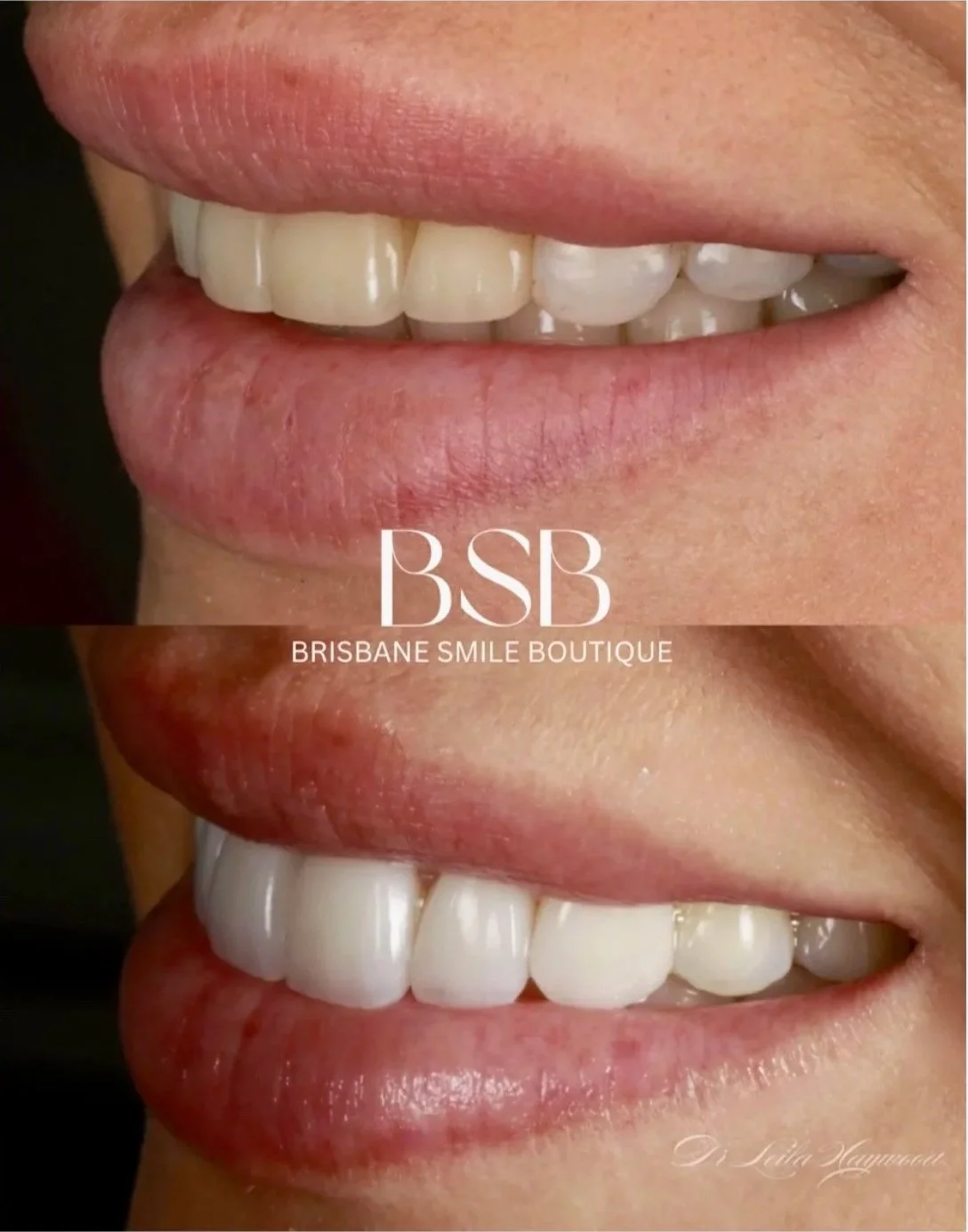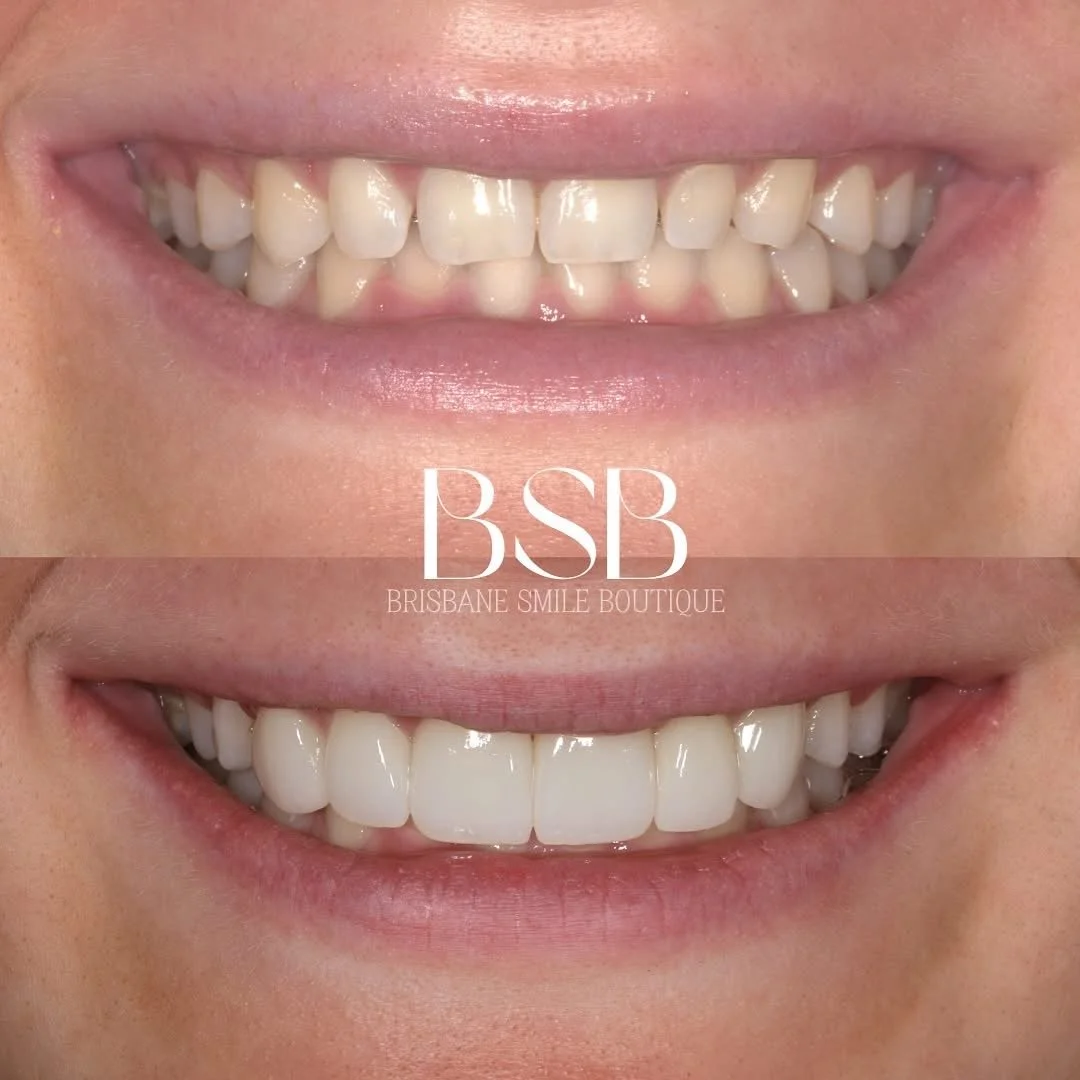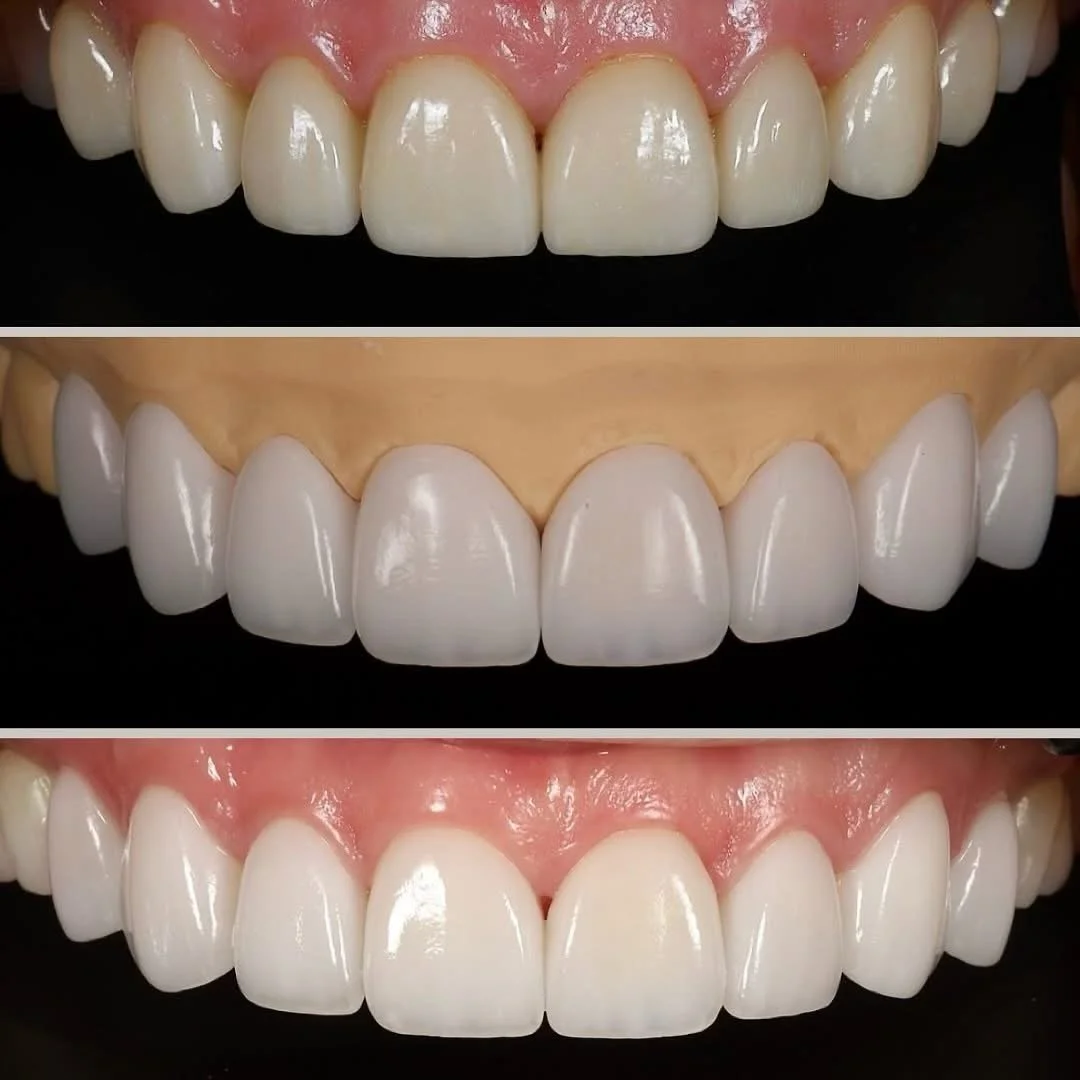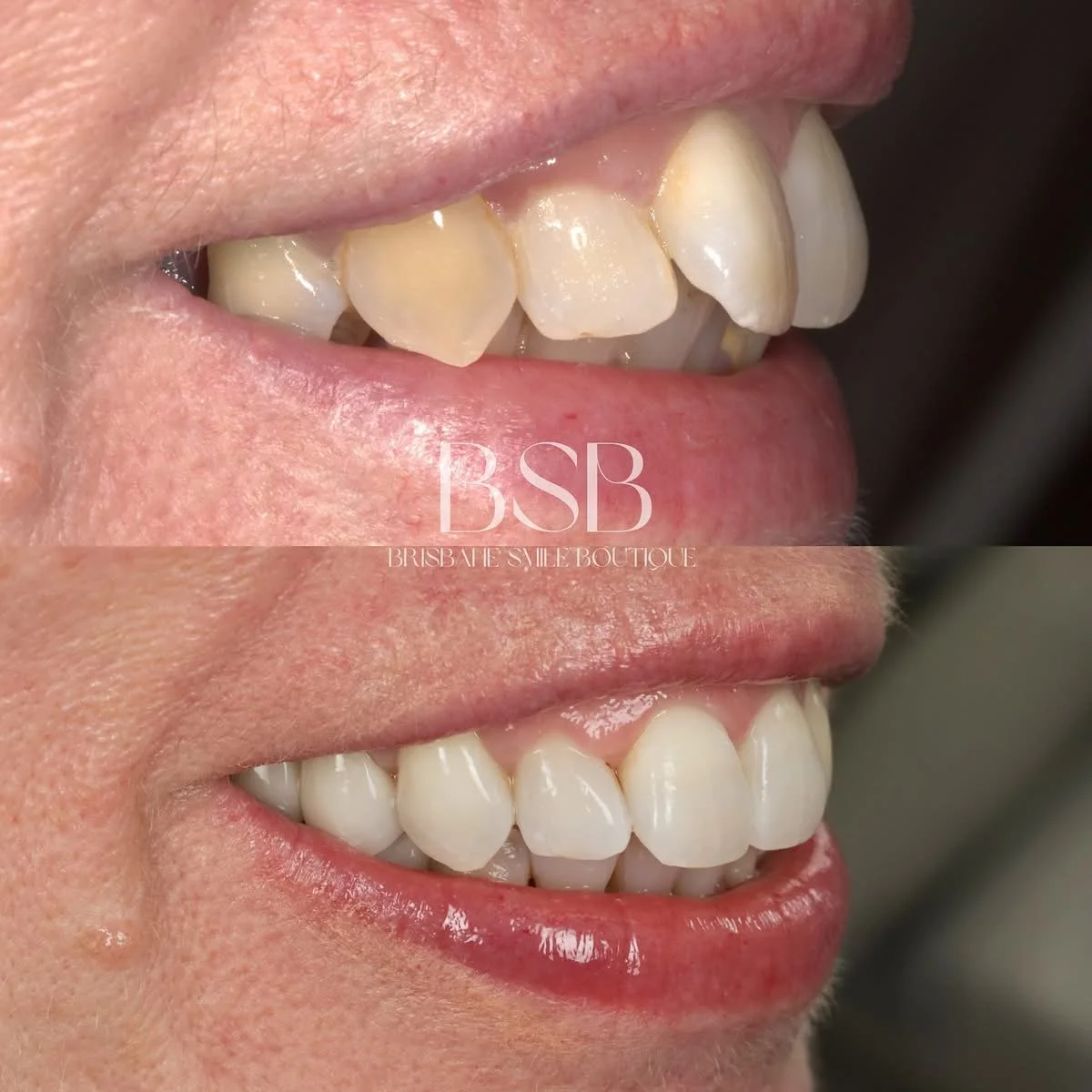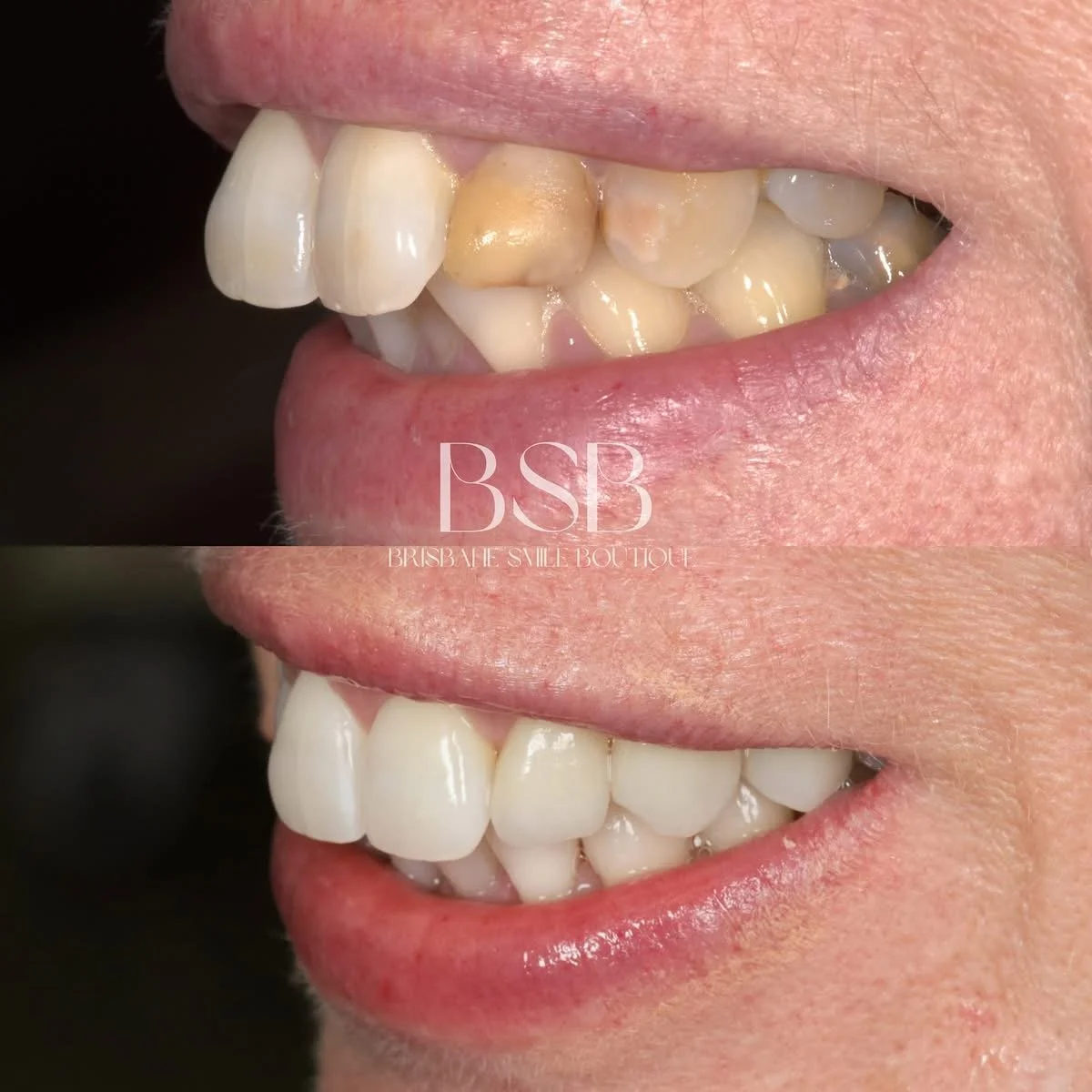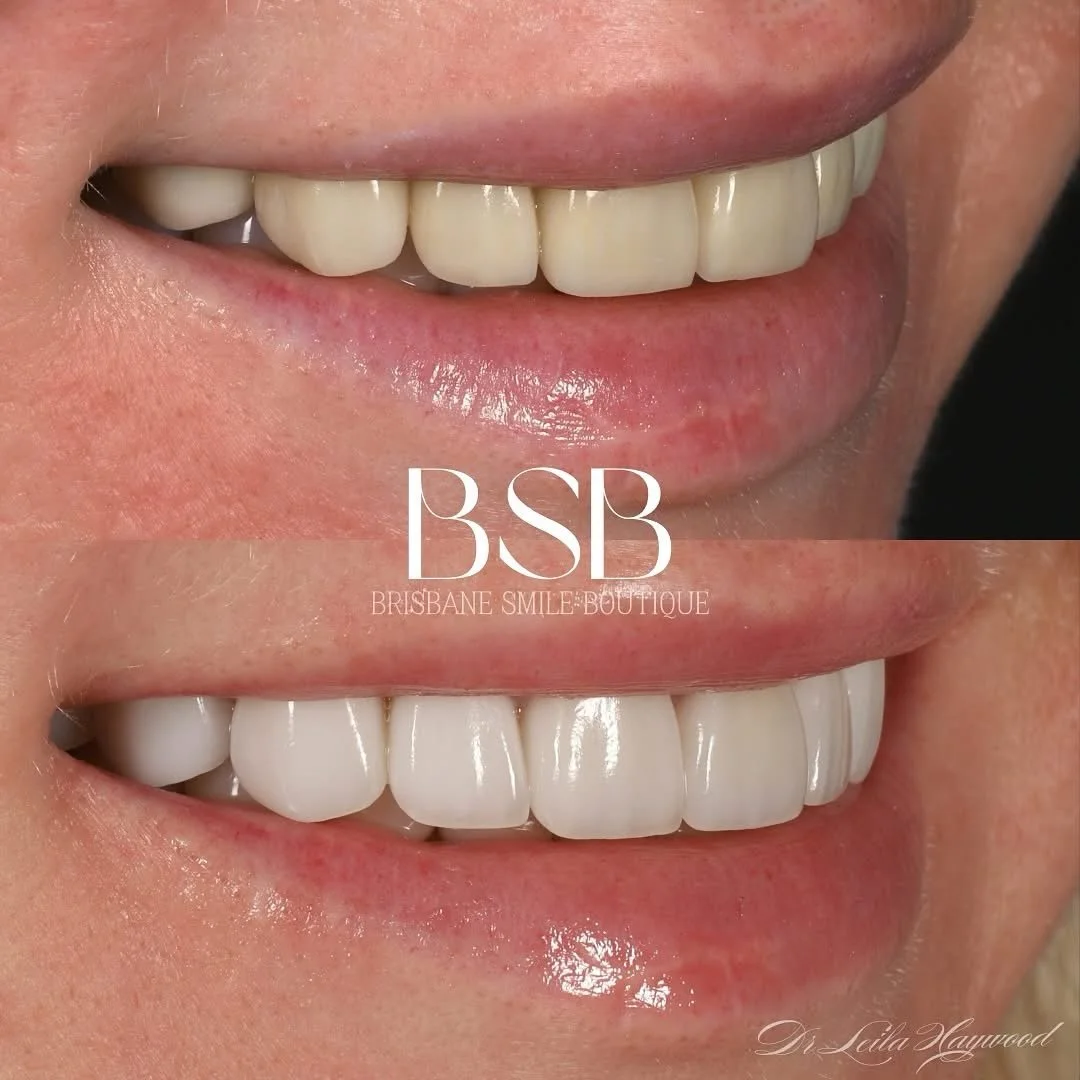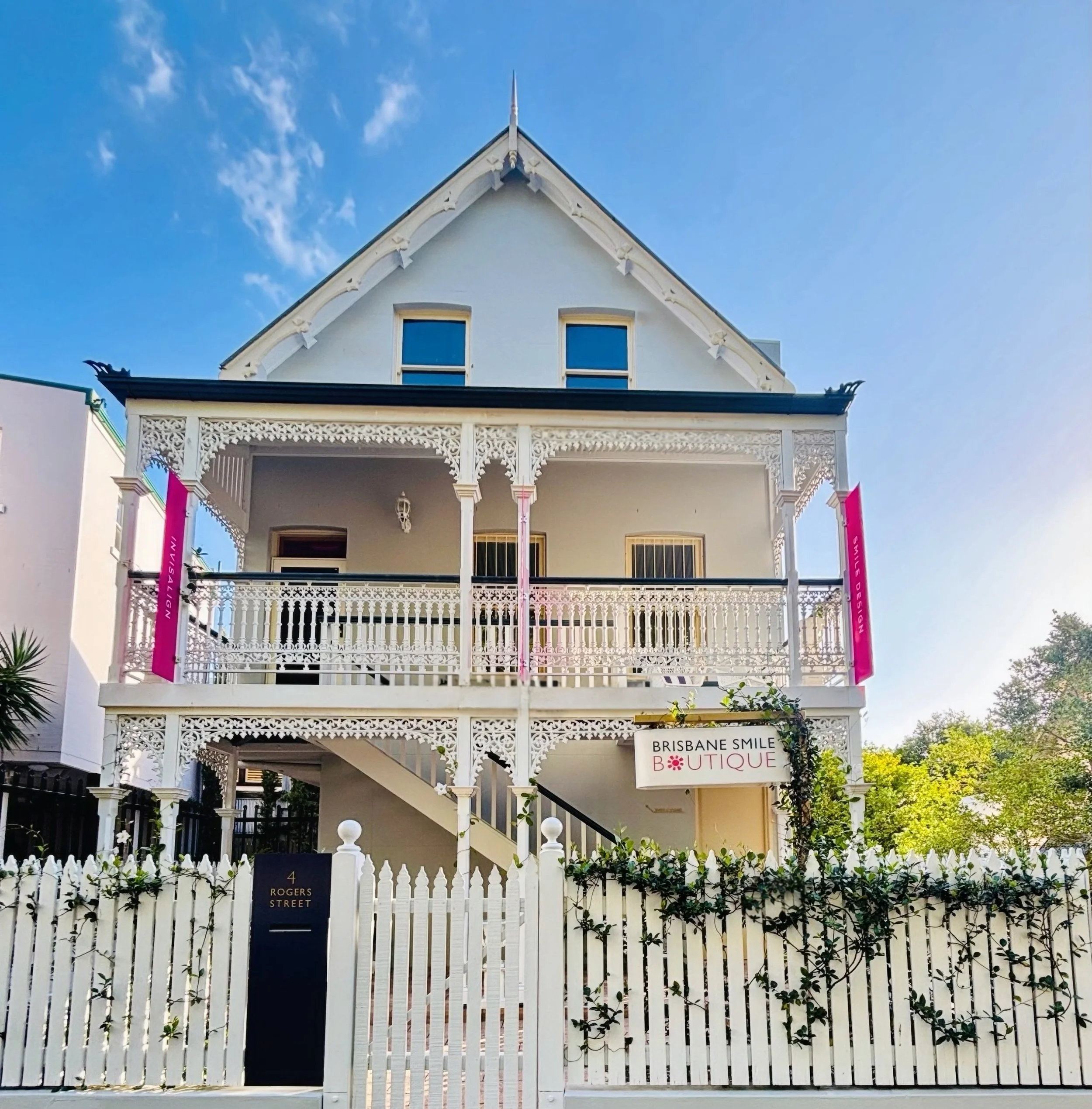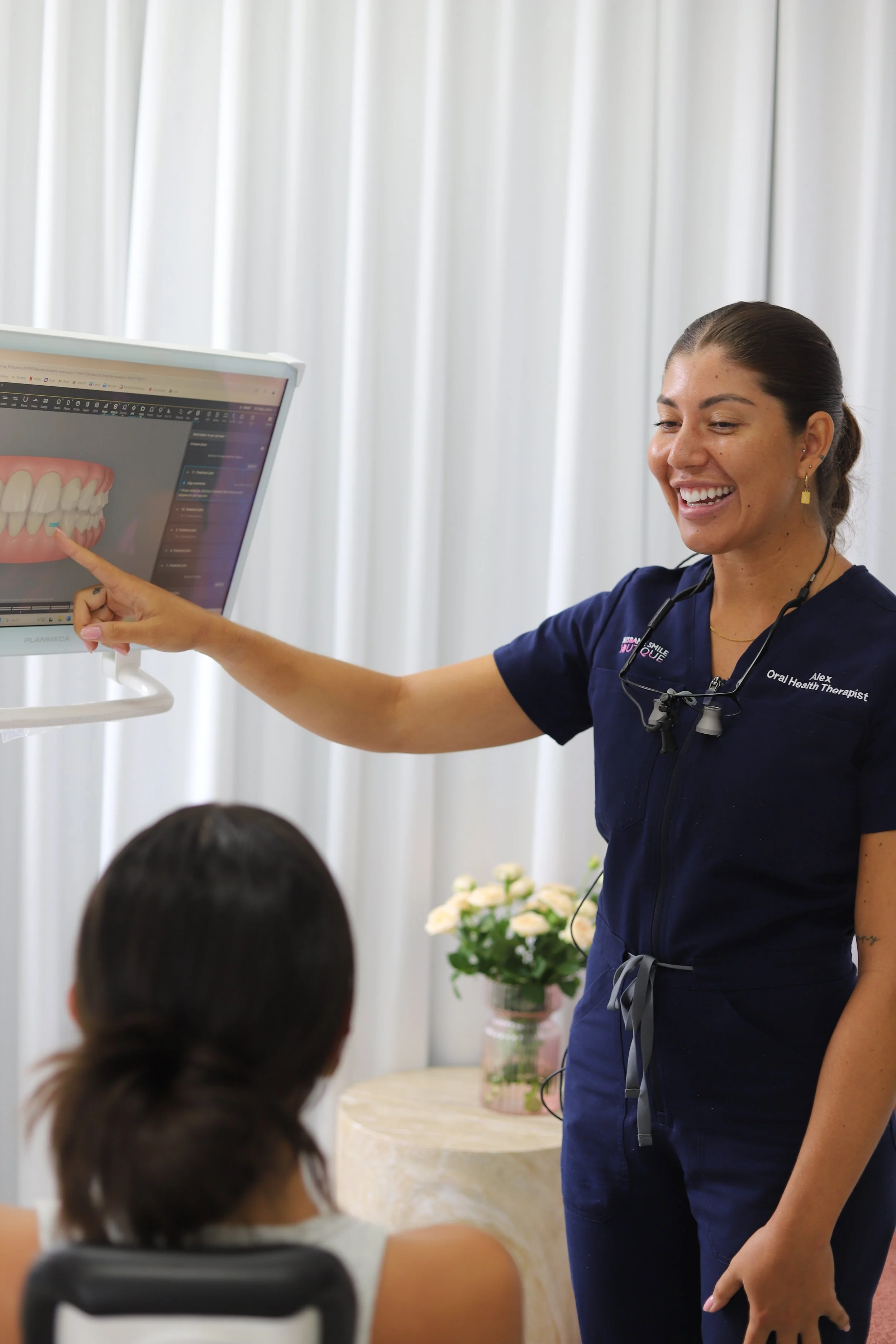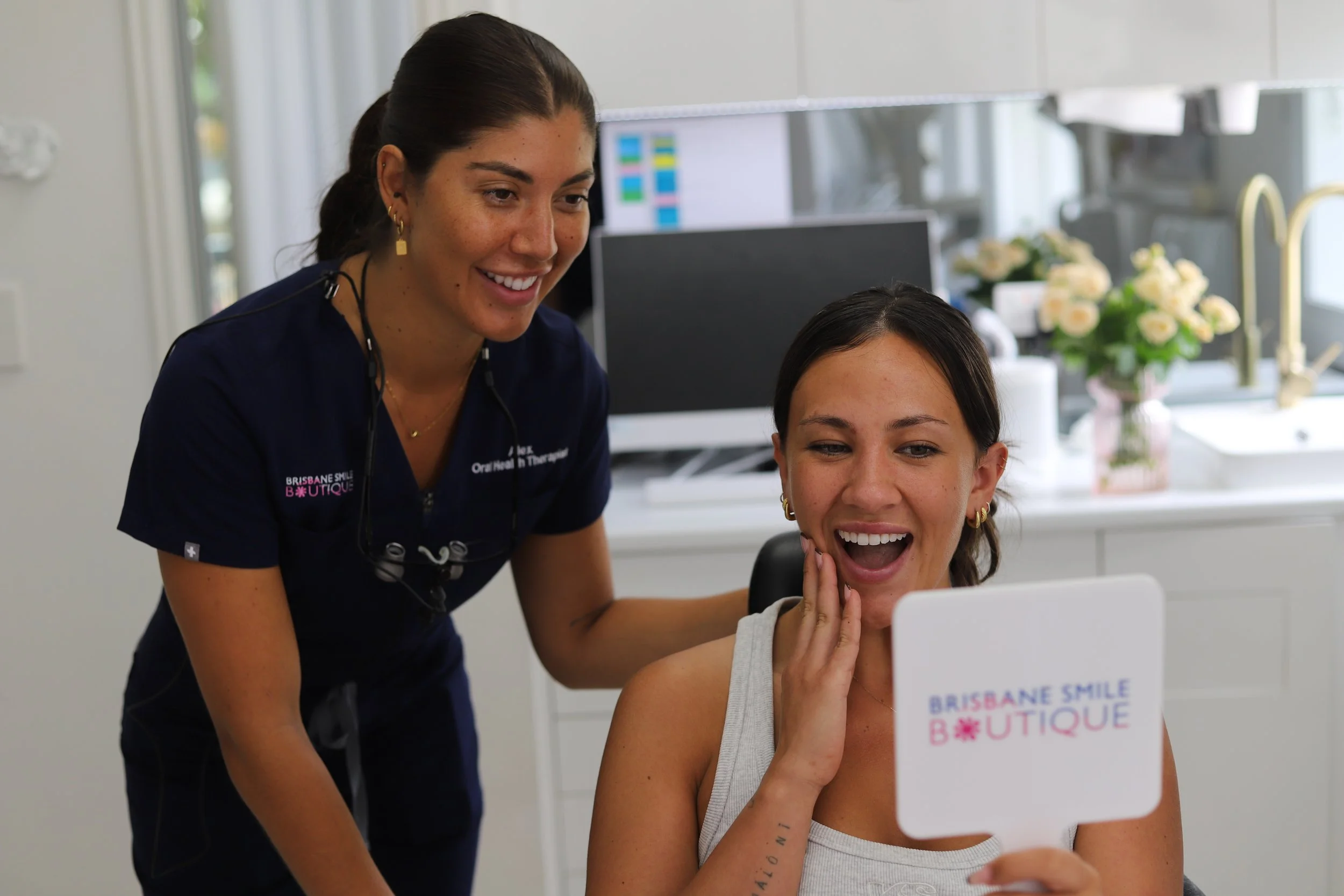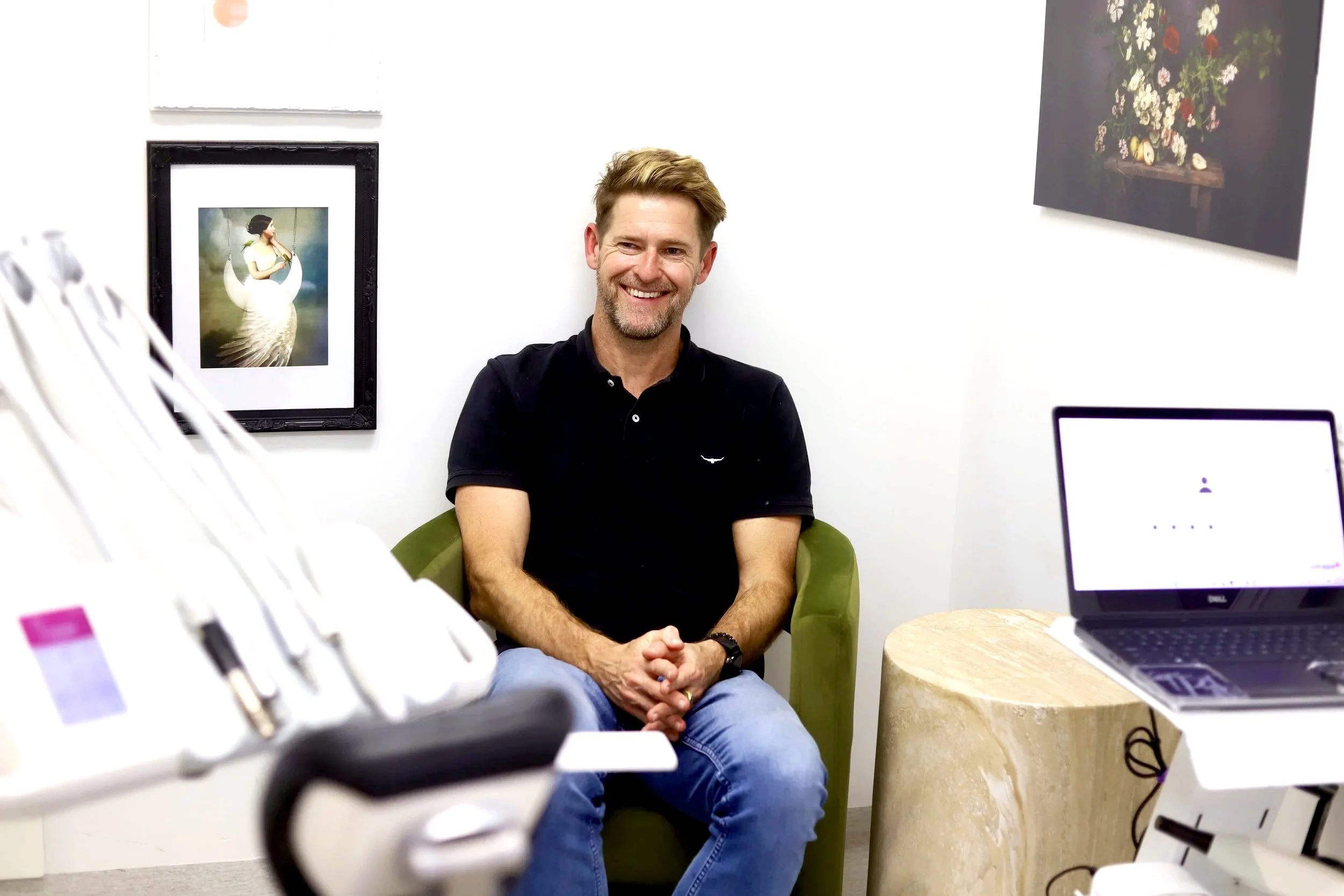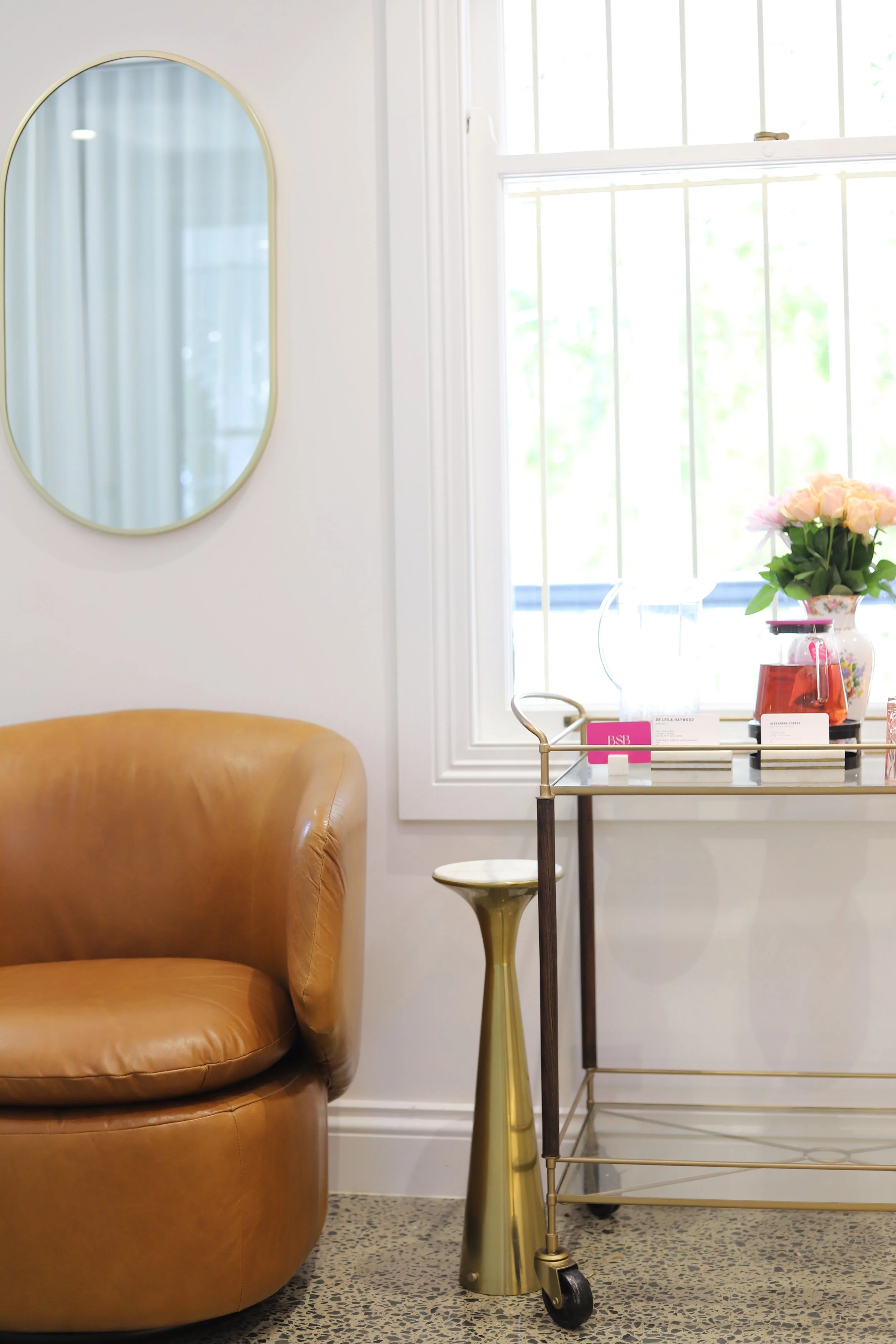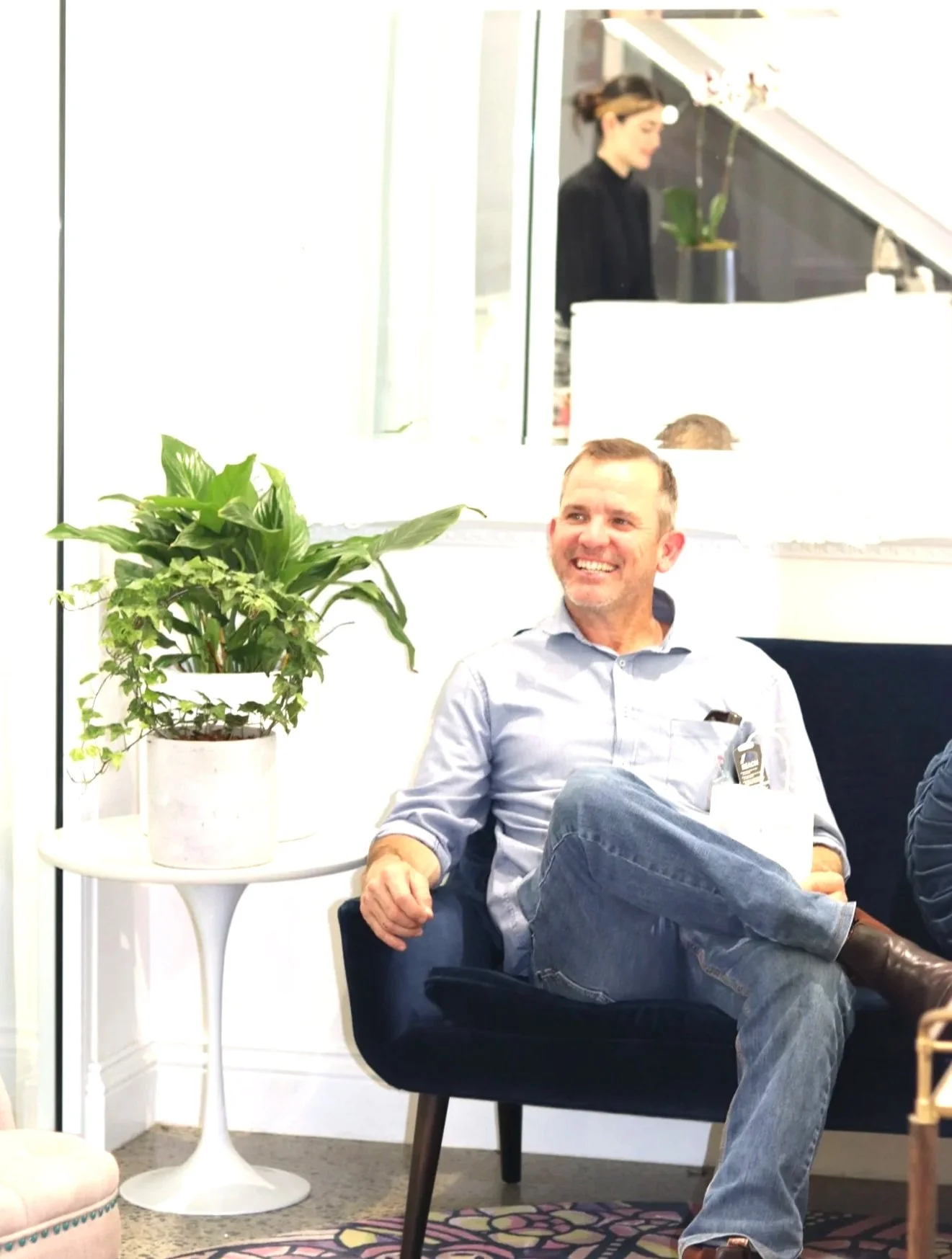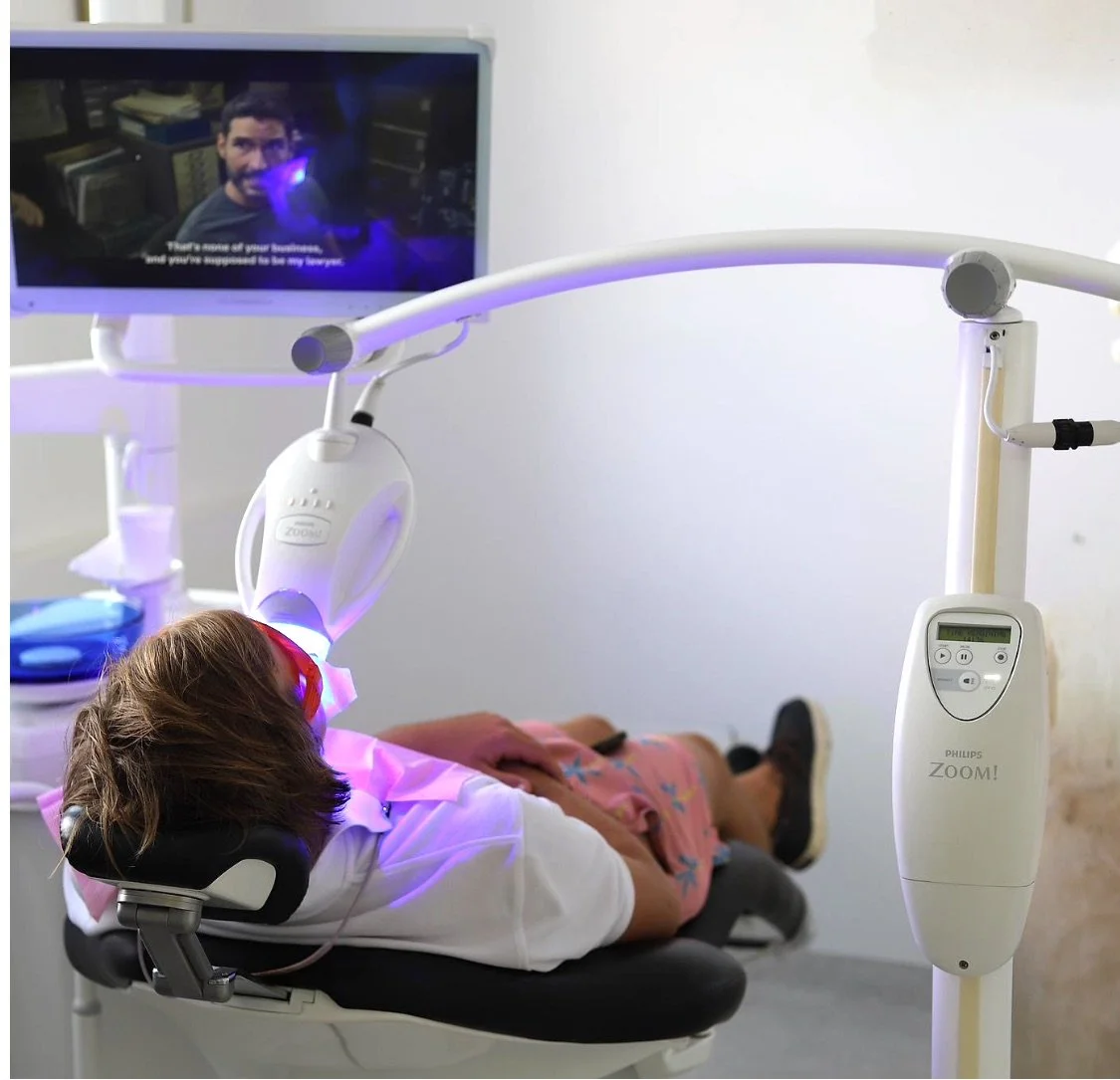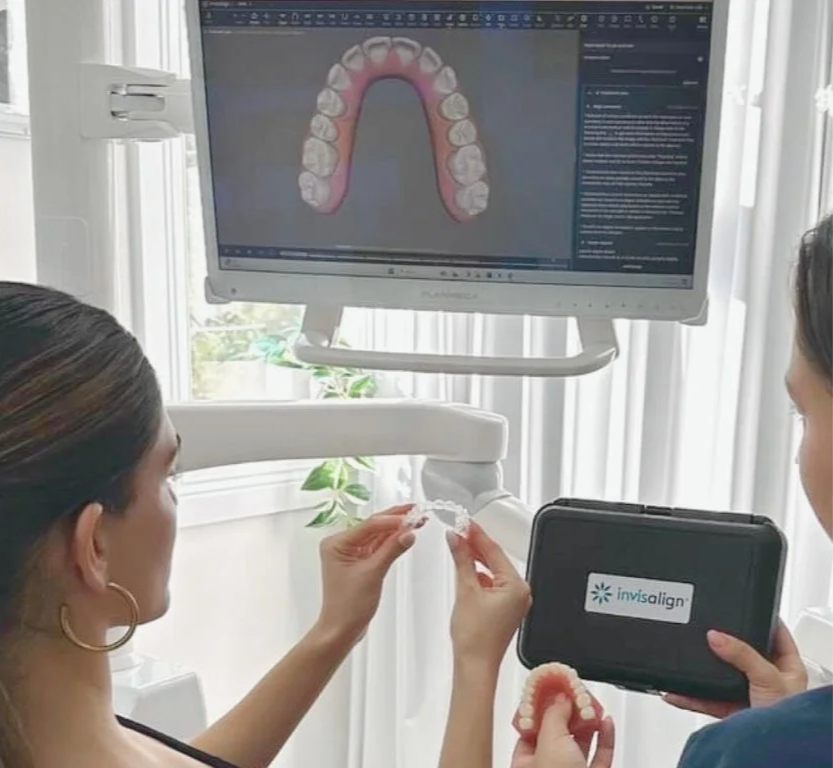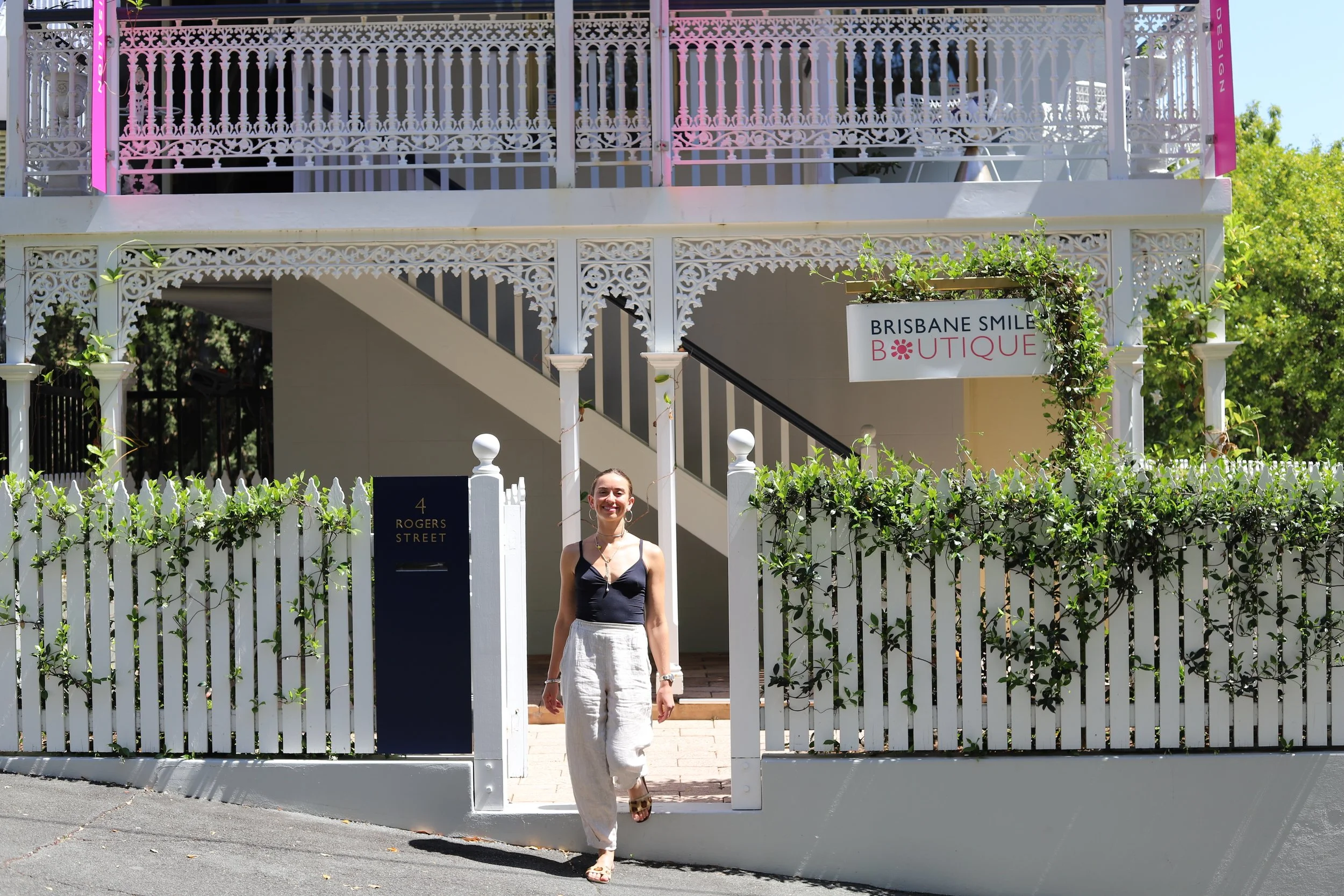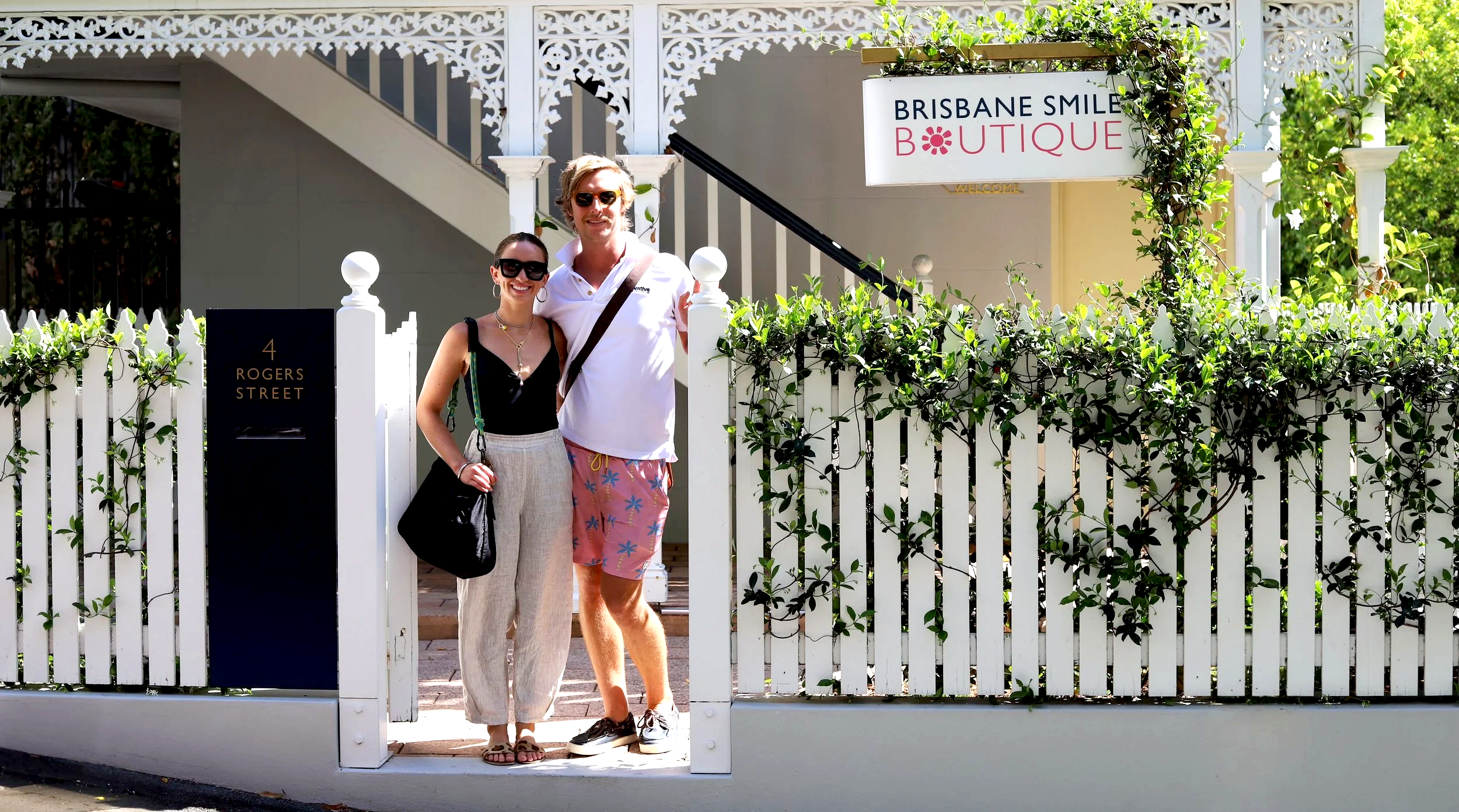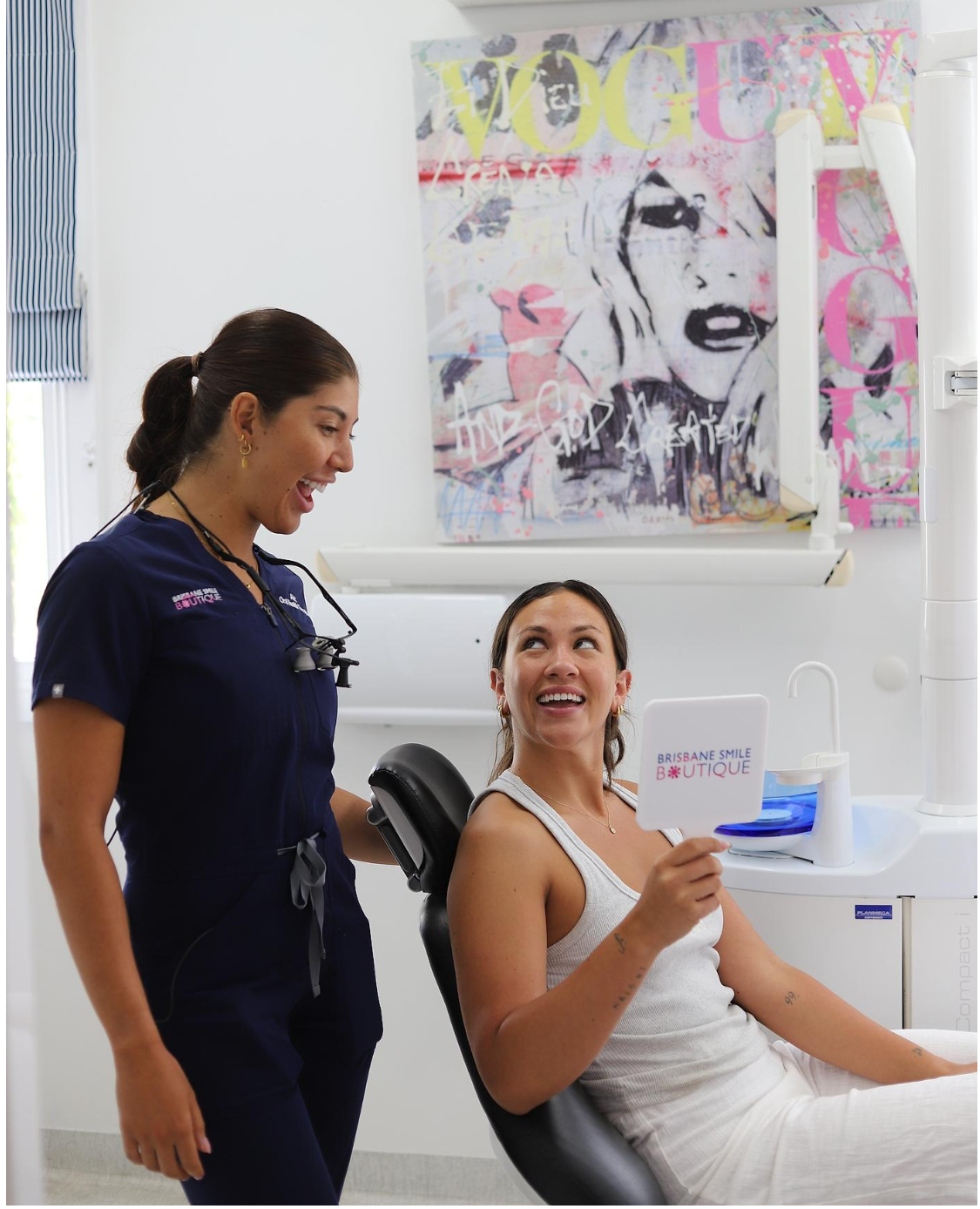Personalised Excellence in Aesthetic Dentistry
For a Confident, Radiant Smile.
Dr Leila Haywood General Registered Dentist DEN0001404145
A Smile Makeover at Brisbane Smile Boutique is a personalised, multi treatment approach to transforming your Smile.
Our Experienced Cosmetic Dentists combine techniques such as Teeth Whitening, Porcelain Veneers, Crowns, Invisalign, Implants, and Tooth Bonding to suit your unique facial features and Smile goals.
Smile Makeover Expertise in Brisbane.
At Brisbane Smile Boutique, our aim is to help you love your smile.
With our experienced Cosmetic Dentists, we provide a premium, highly personalised approach.
How Smile Design Works
Consultation: We'll discover your goals and assess your needs.
Smile Analysis: Professional photos and 3D scanning provide full facial context.
Digital Smile Preview: See visual simulations of your results with Digital Smile Design.
Treatment Planning: Everything is tailored around your lifestyle and preferences.
Trial Smile: Experience your "mock-up" in real life before you commit.
Final Smile: Our team delivers meticulous, aesthetic results.
Ongoing Care: Long term support for your confident new smile.
Digital Smile Design (DSD) is an advanced, technology-driven approach to smile makeovers offered at Brisbane Smile Boutique.
Using 3D imaging, facial analysis, and digital planning software, DSD allows us to precisely design your ideal smile based on your unique facial features and preferences.
You’ll be able to preview your future results before treatment starts, collaborating closely with our dental team to ensure the final outcome is beautiful, natural and personalised.
Digital Smile Design puts you at the centre of your smile transformation journey with preparation and planning.
Brisbane Smile Boutique has been redefining Dentistry since 2003.
With a Lifetime of trusted Expertise, our Aesthetic Dentists offer expertise in General and Aesthetic Dentistry, creating Exceptional Smiles with Precision, Artistry, and Care.
AESTHETIC DENTISTRY TREATMENTS
PORCELAIN VENEERS
Brisbane Smile Boutique offers premium porcelain veneers designed to enhance your smile with natural looking, long lasting results. Custom crafted to suit your facial features and aesthetic goals, our veneers correct chips, gaps, discolouration, and uneven teeth. Achieve the confident, flawless smile you’ve always wanted with expert care and precision.
SMILE DESIGN
Discover the power of personalised Smile Design at Brisbane Smile Boutique, where your dream smile begins with expert planning and artistry. Simply upload a photo of your smile and explore customised treatment options tailored to your unique features and goals. Book your complimentary consultation today and take the first step toward the confident, radiant smile you deserve.
INVISALIGN®
Achieve a straighter, healthier Smile with Invisalign—clear, comfortable, and custom made. Use our interactive Smile Simulator to explore how aligners can transform your smile and correct bite issues before treatment even begins. Start your journey today with a personalised consultation and see the difference Invisalign can make.
Connect with the Brisbane Smile Boutique Team.
If you could perfect one element of your smile, what would it be?
Share your Thoughts. Do you need solutions for your Smile?
Our Dedicated Aesthetic Team at Brisbane Smile Boutique are here to Understand your Vision and would love to assist.


